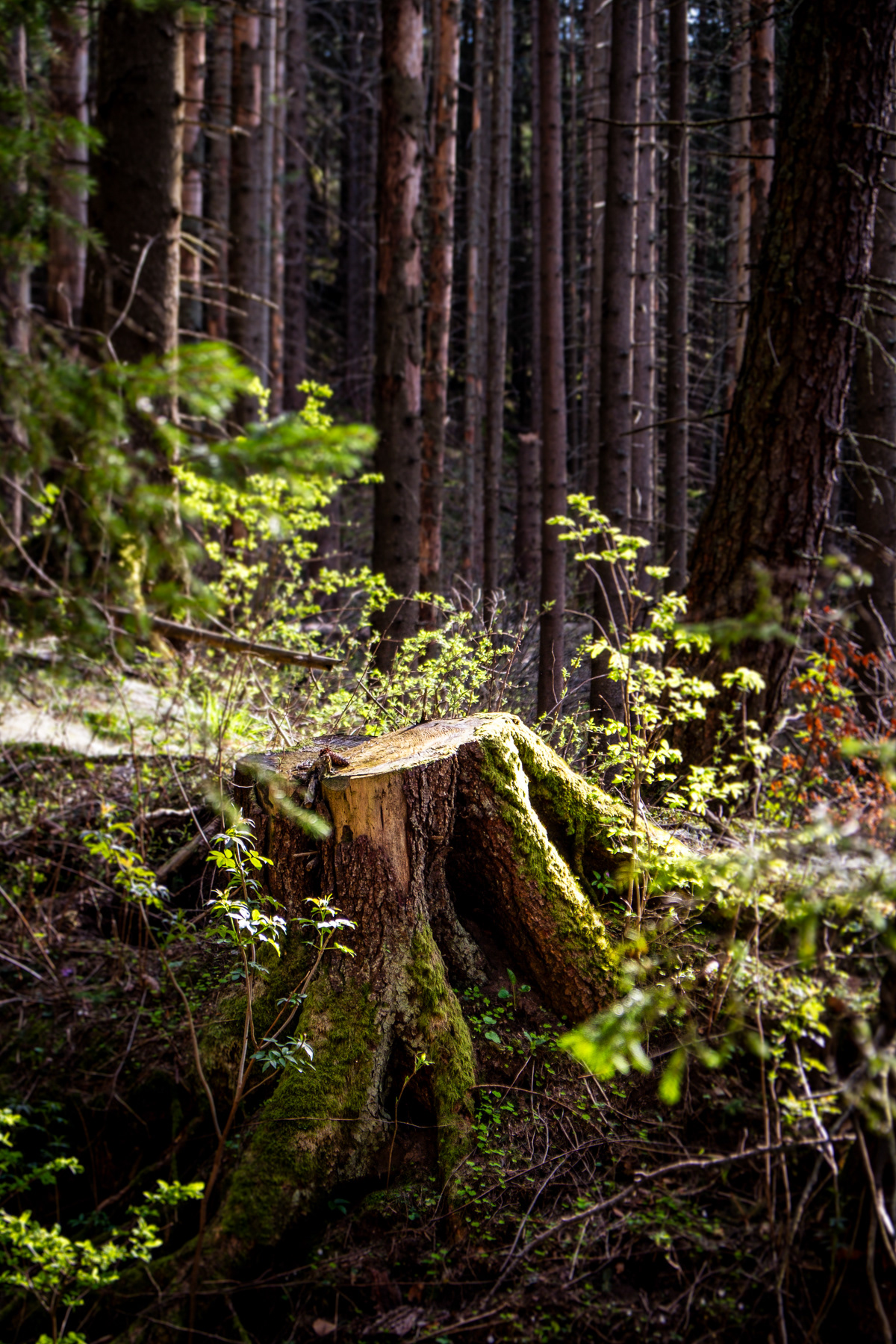The Tatras seen from the Polish Pieniny mountain range, further north.
Hala Gąsienicowa Rówienki, near the Schronisko Murowaniec, in winter 2021
Hala Gąsienicowa Rówienki, near the Schronisko Murowaniec. Roughly the same spot as the last photo, but now taken mid-April 2024.
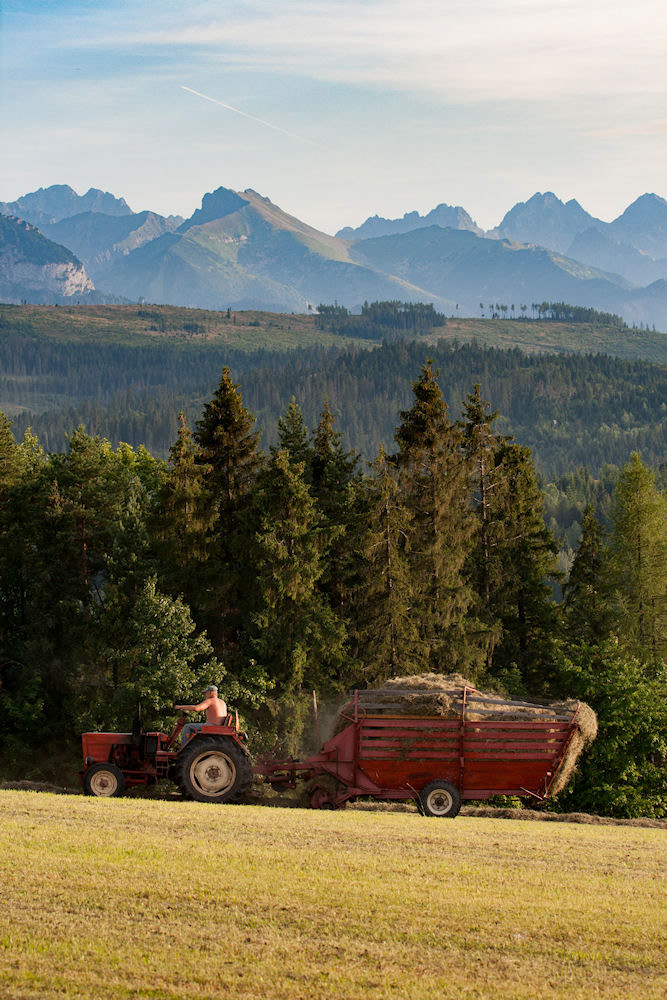
A farmer on the roll in Łapszanka.
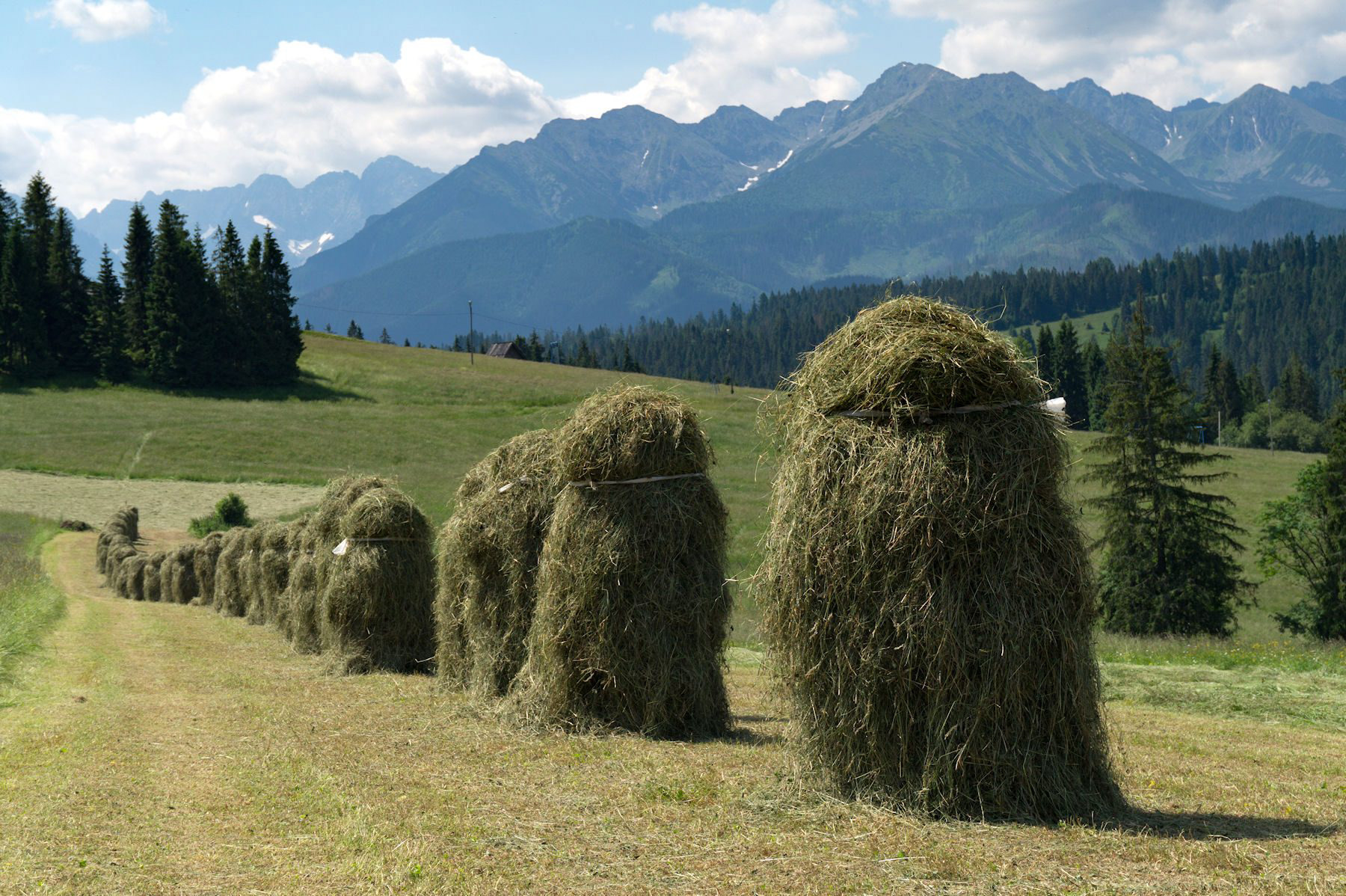
The typical way of drying hay in the rural areas of the Tatras. Here seen in Olszówka.
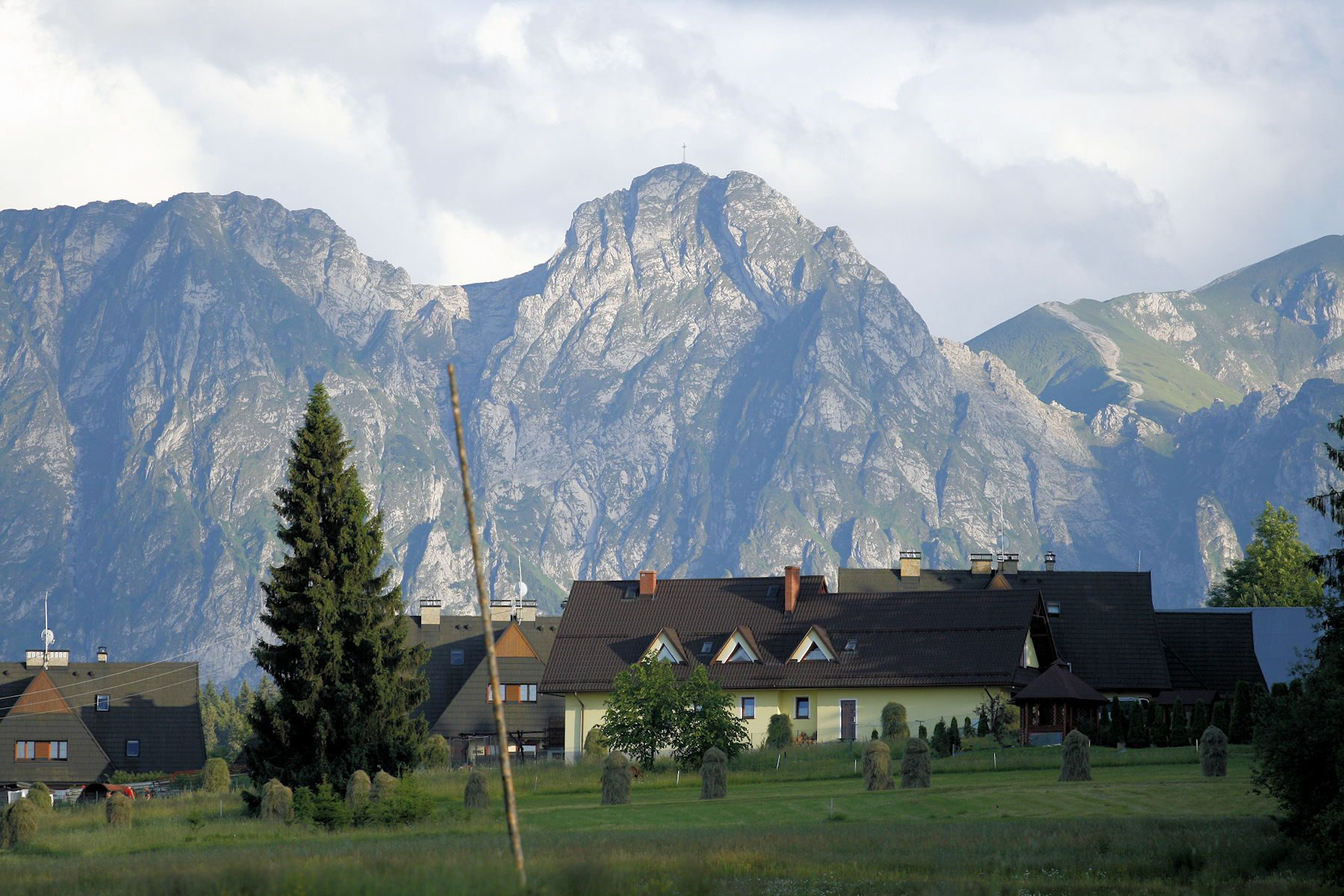
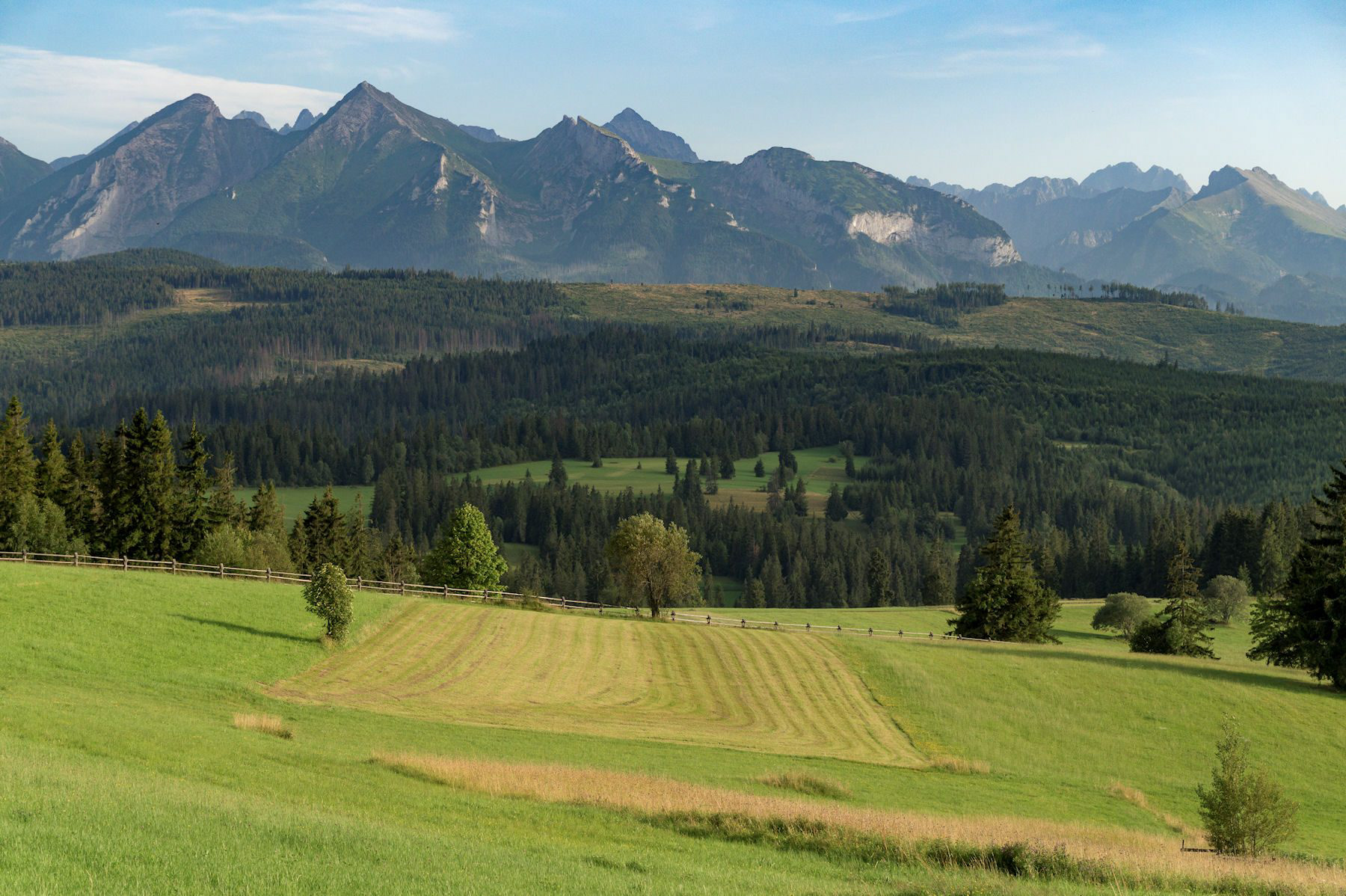
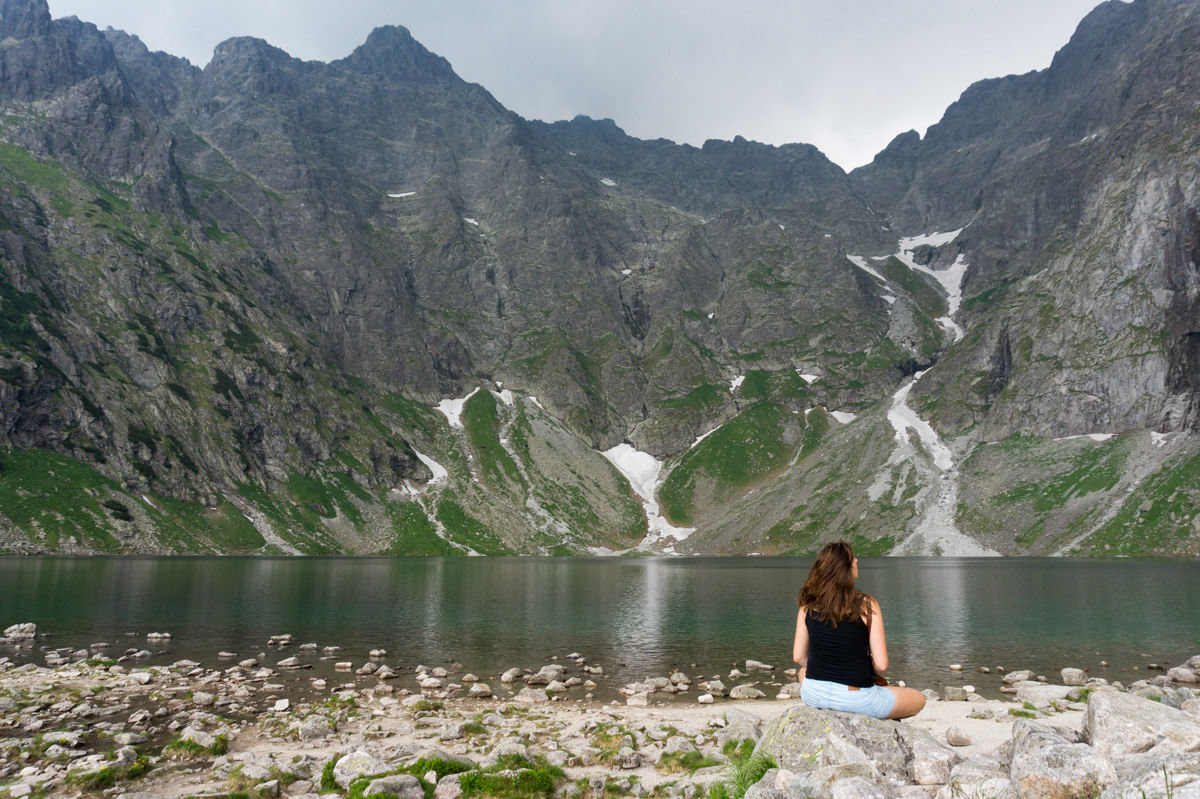
Almost hugable mountains, from the bank of Czarny Staw Gąsienicowy (Caterpillar Black Pond)
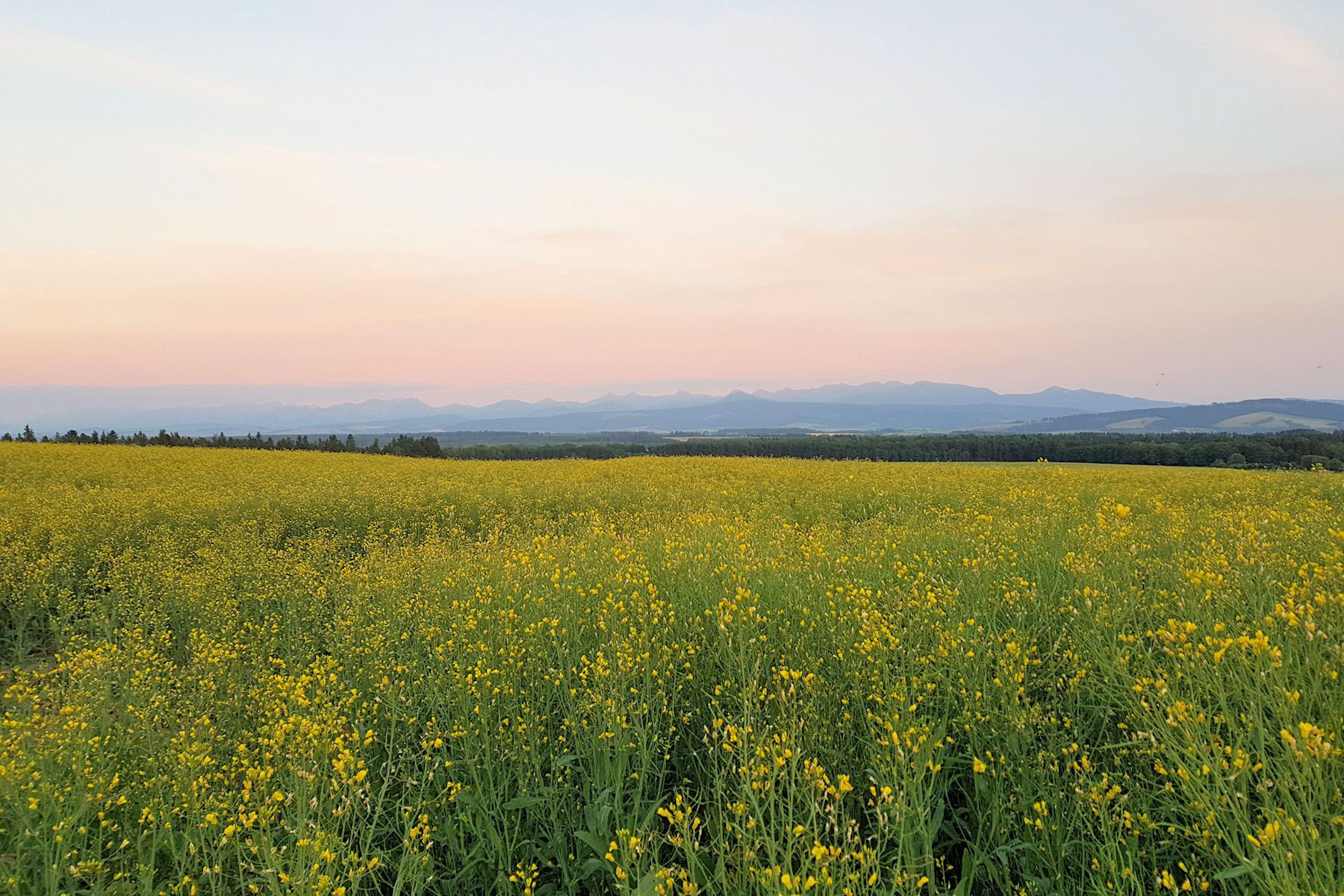
Summer fields on the Polish-Slovakian border further north, with the Tatras looming in the distance at the end of the day.
Looks like a great day for hiking! Taken in one of the villages near the town of Zakopane, where sunrise comes with stunning views, April 2024.
View at the eastern Tatras partly covered in snow from the hiike up to the Sarnia Skała peak
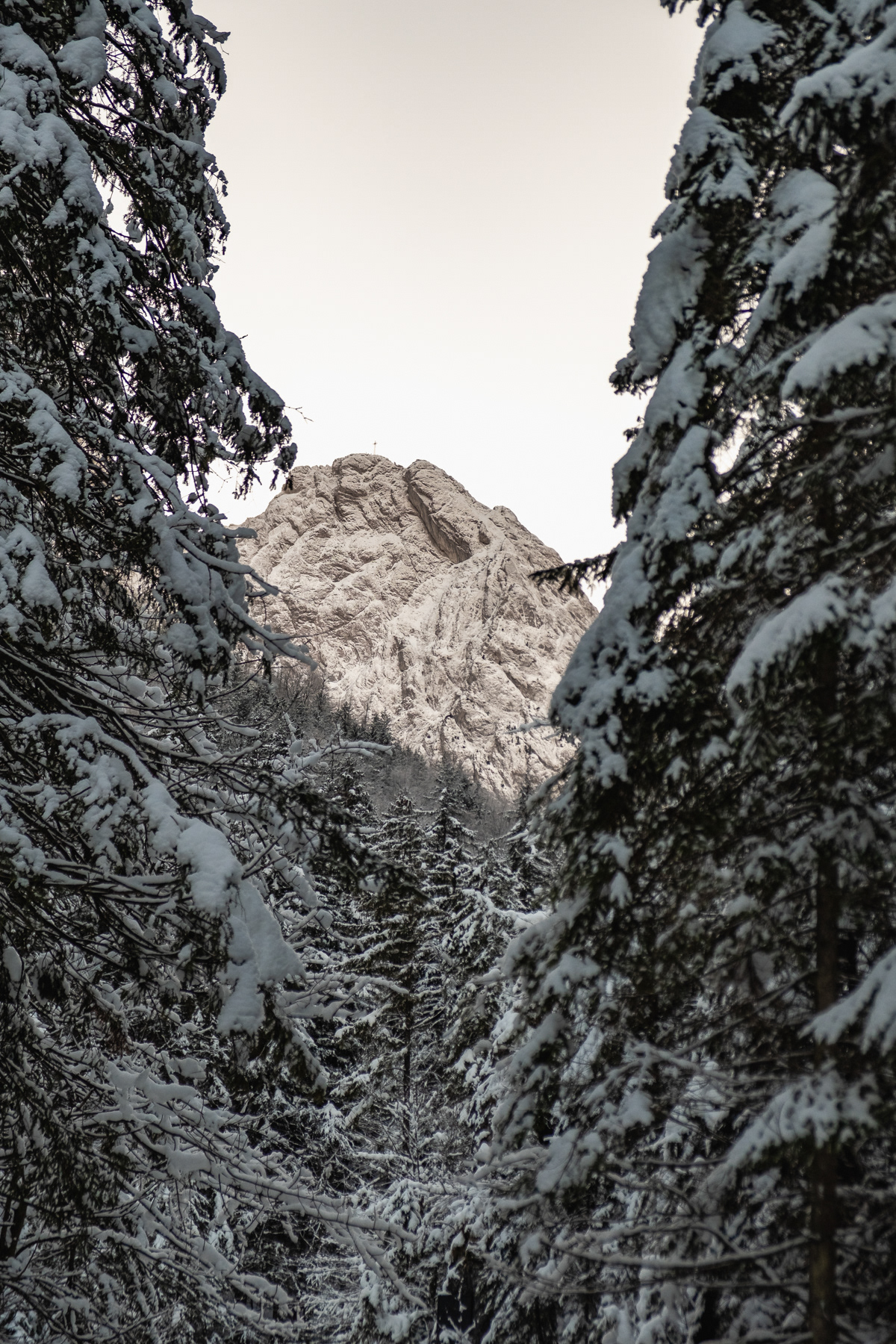
Mount Giewont announces itself early on the hike.
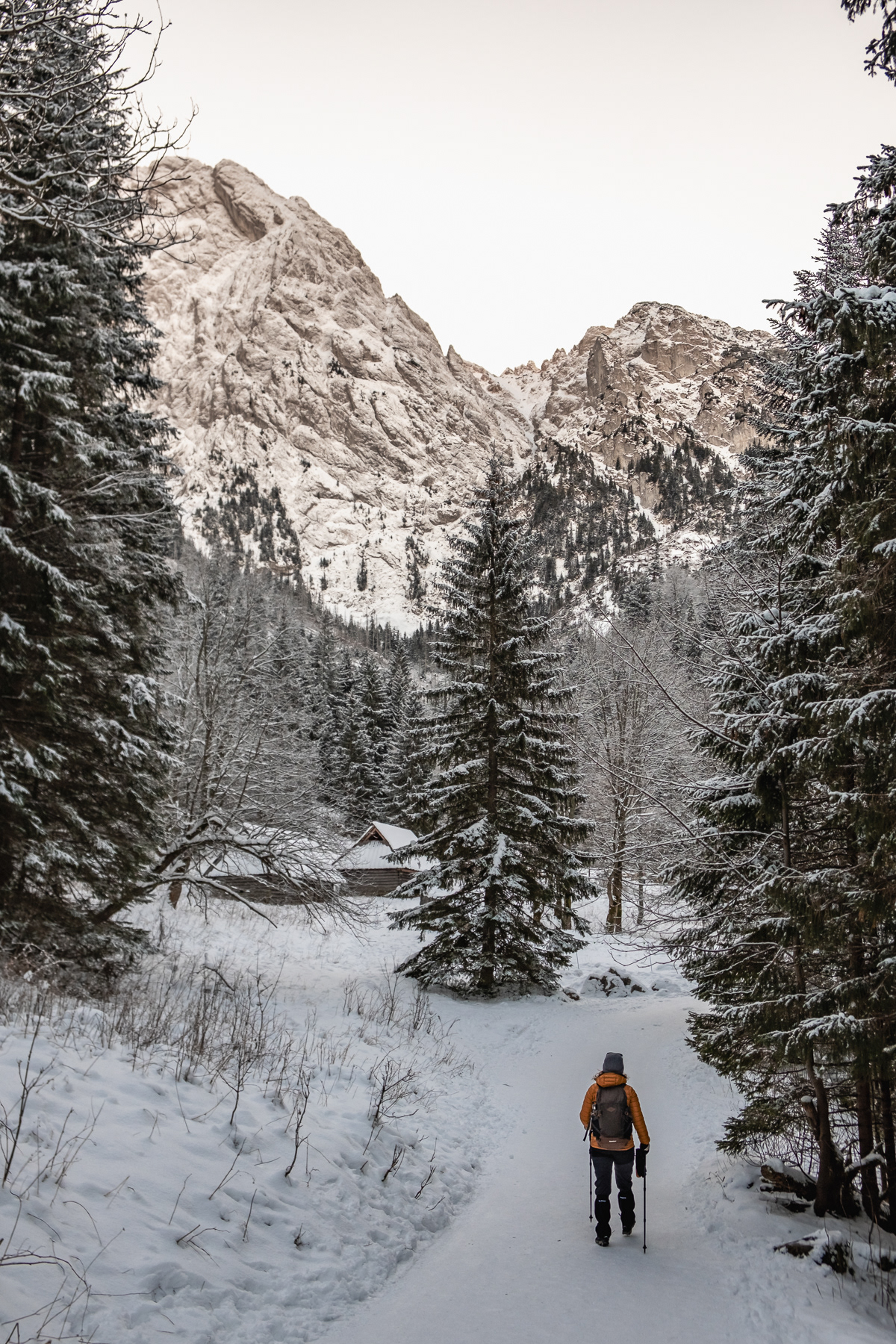
Just before the trail goes high up east, the Strążyska Valley has a small shelter for coffee or soup.
Mount Giewont seen from the Strążyska Valley trial
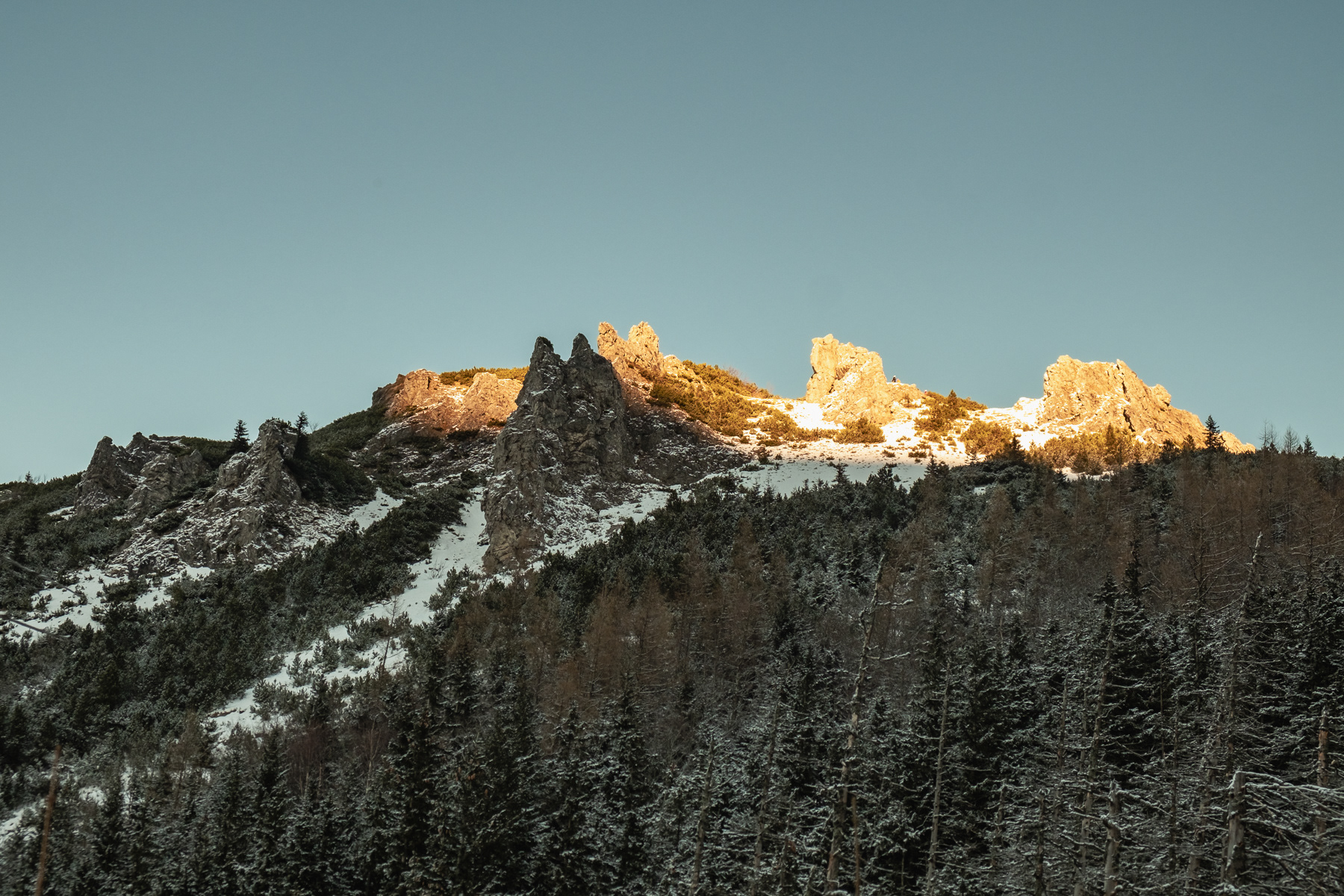
Sarnia Skała sticks out like a pointy crown.
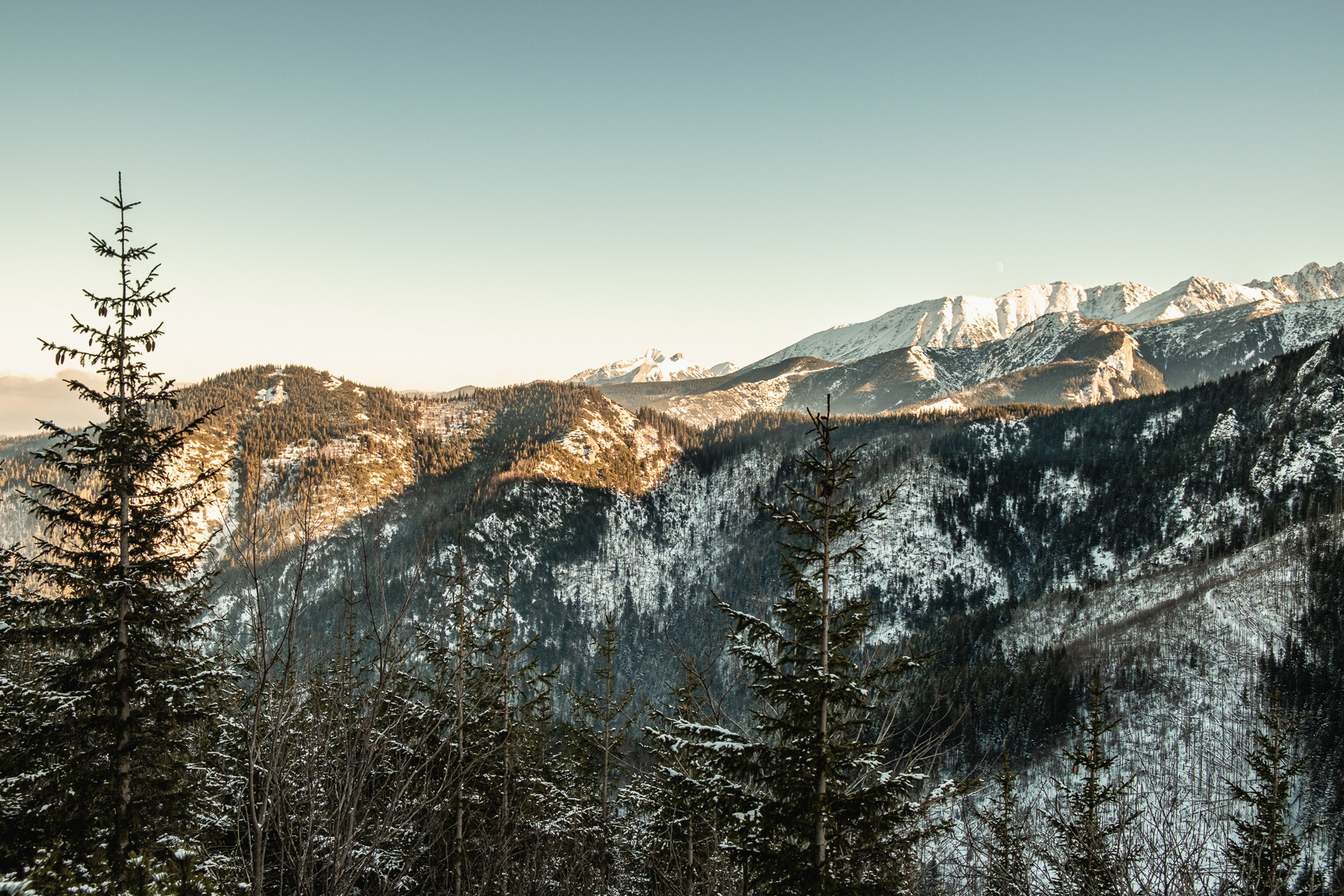
While hiking up to Sarnia Skała one is already treated on great view towards the higher Tatras further east.
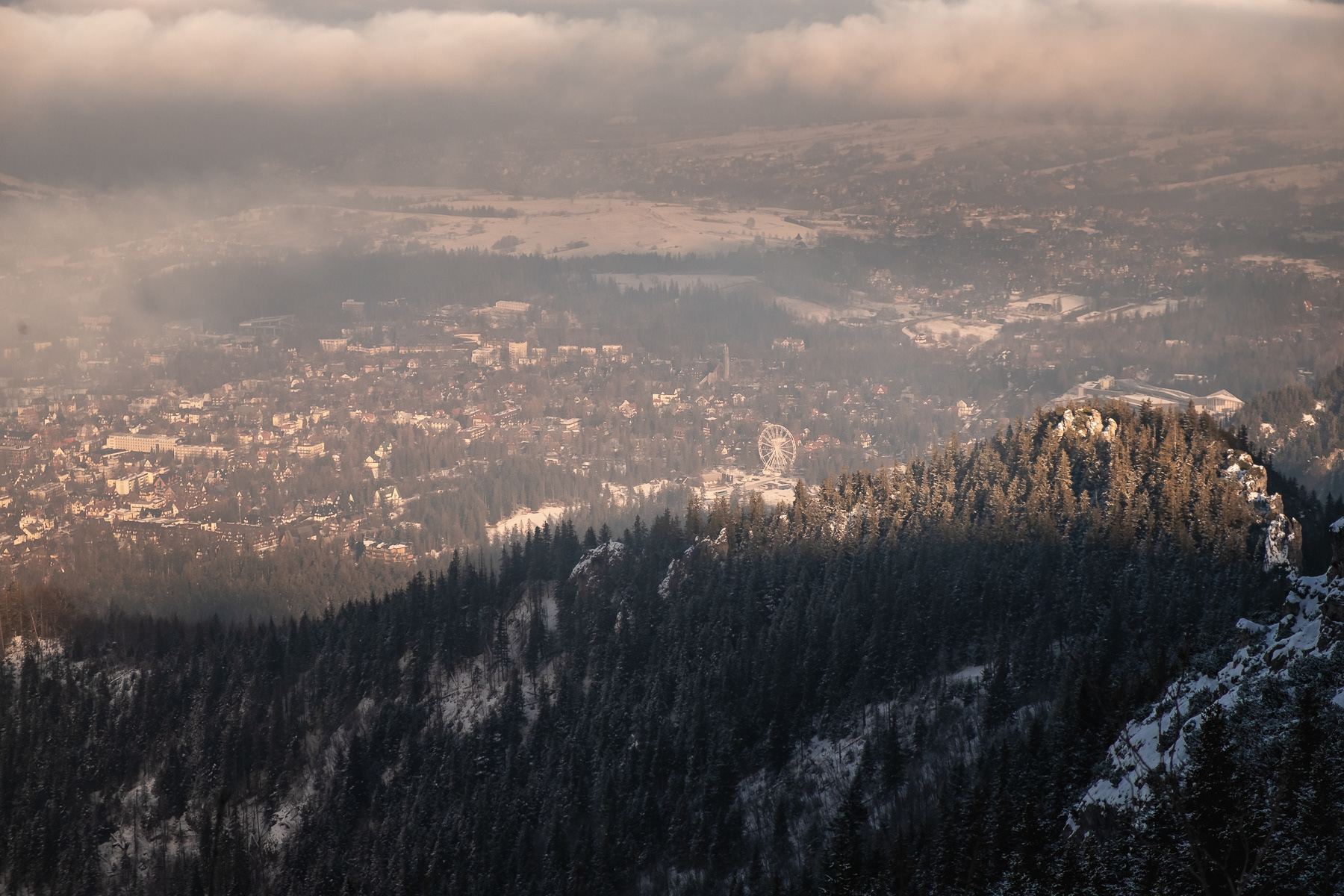
The ferris wheel in Zakopane is clearly visible from the peak
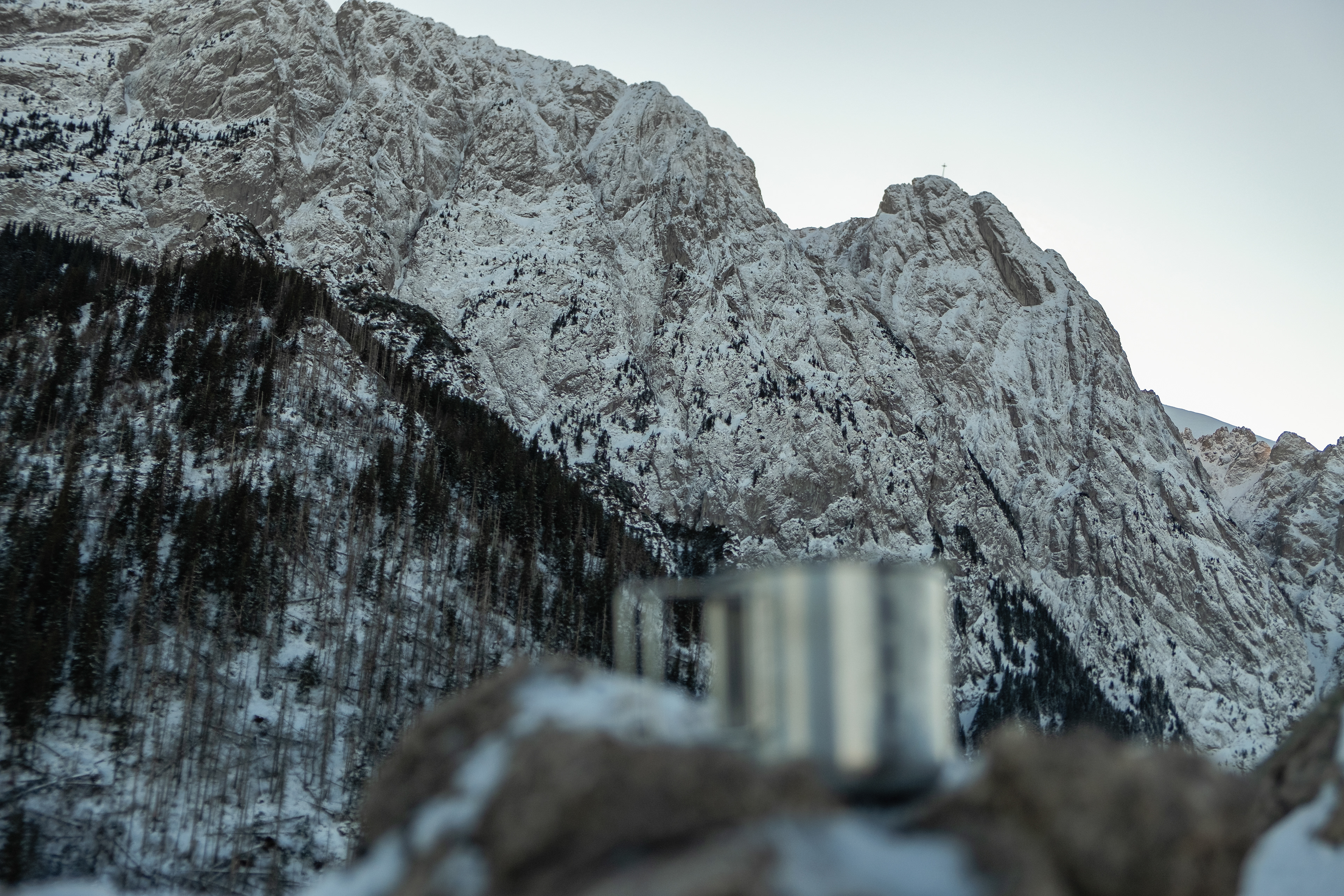
Time for a break on top of Sarnia Skała, with a clear view of the northern wall of Mount Giewont
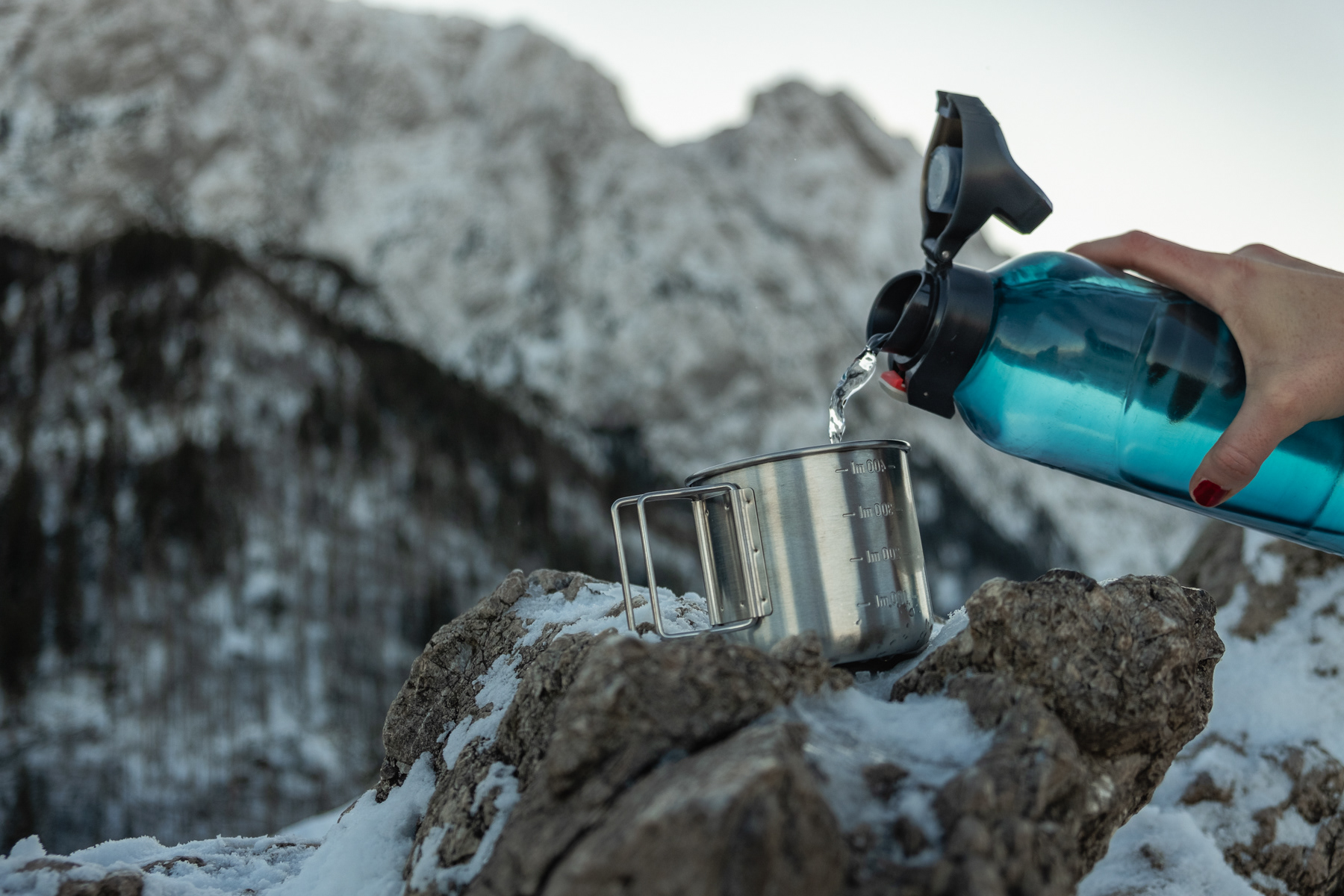
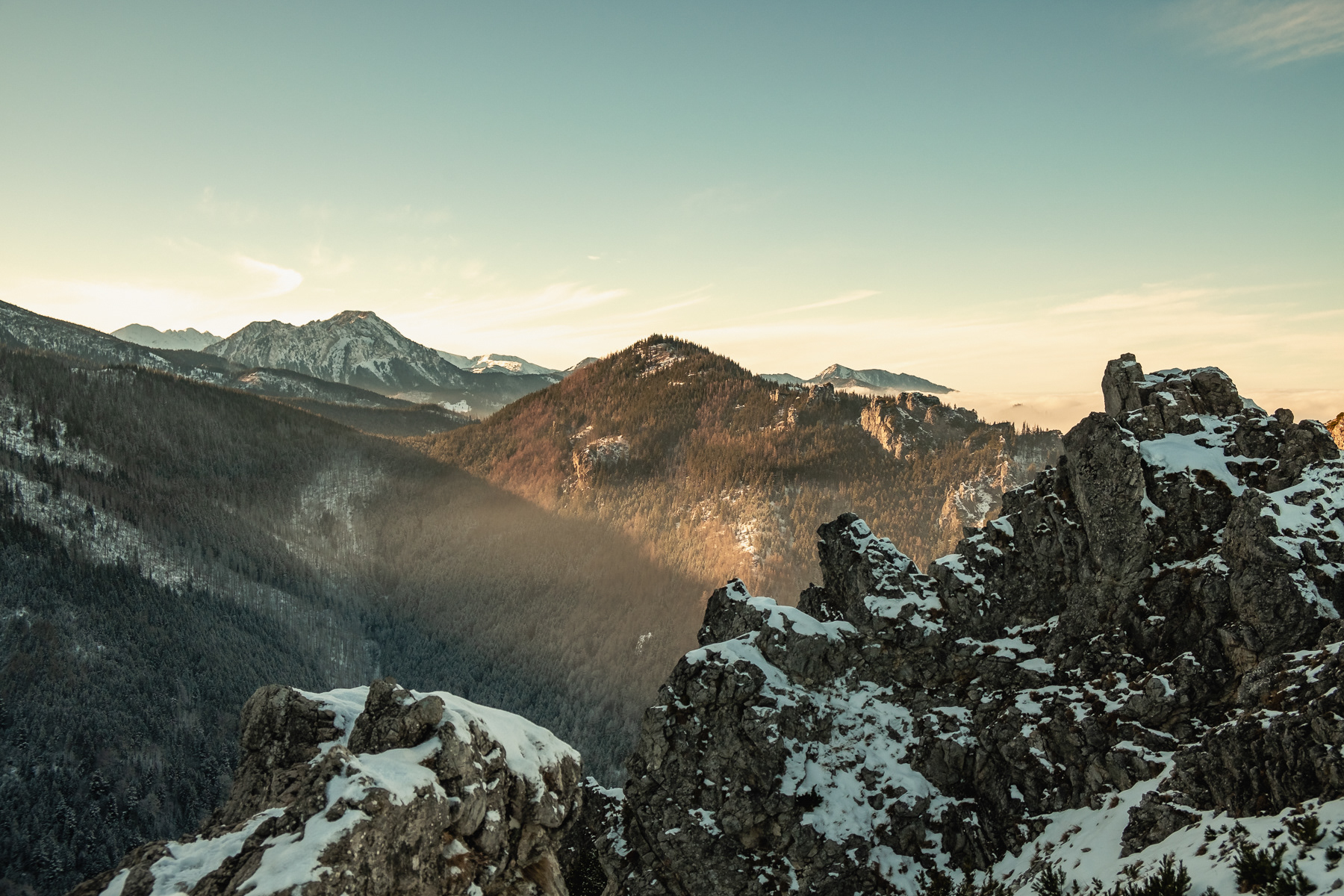
The slow sunset leads to stunning views to the west.
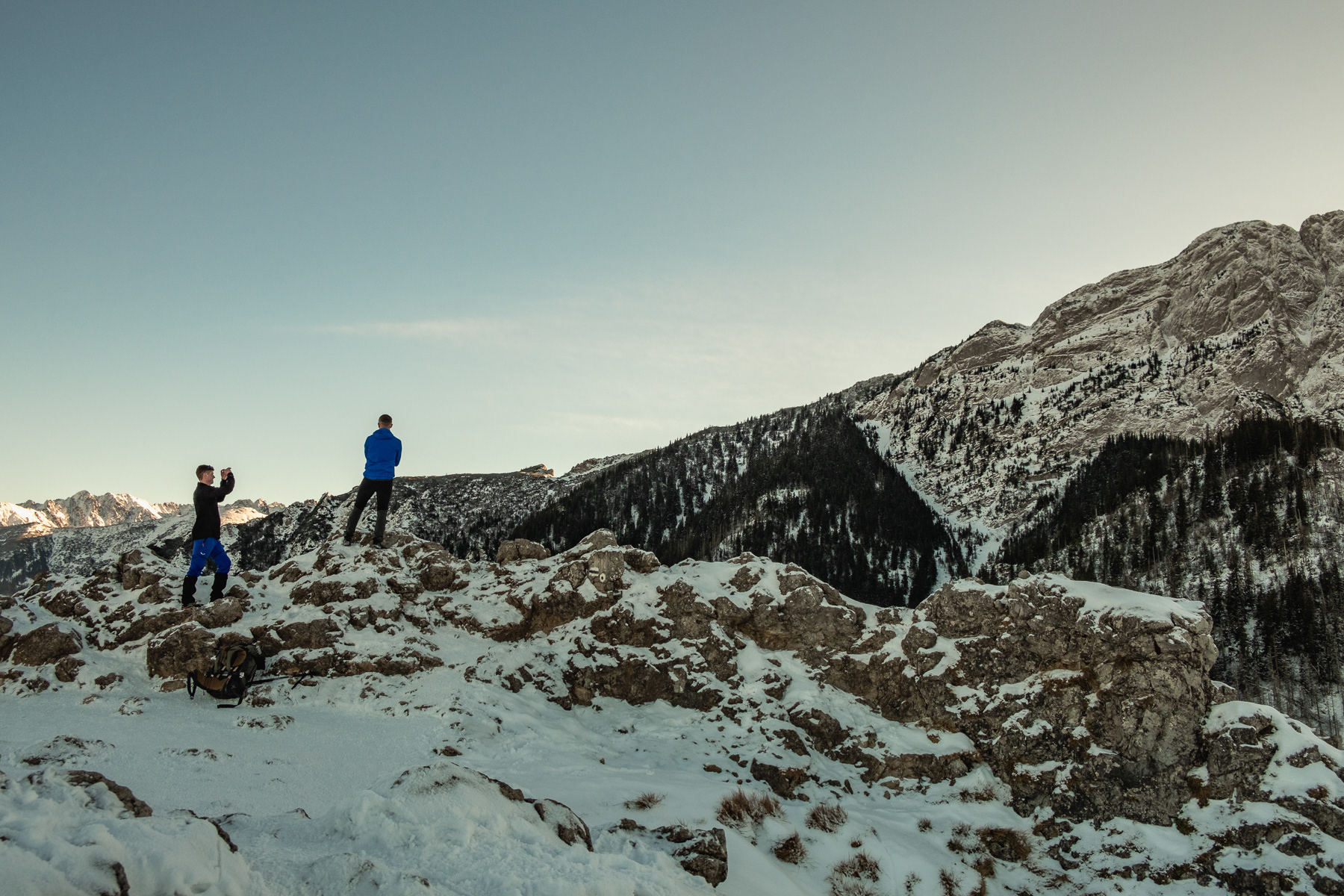
Several hikers wanted to immortalise themselves in a photo with Mount Giewont.
Another take of Mount Giewont. Seen from furher afar it looks like a sleeping knight's head.
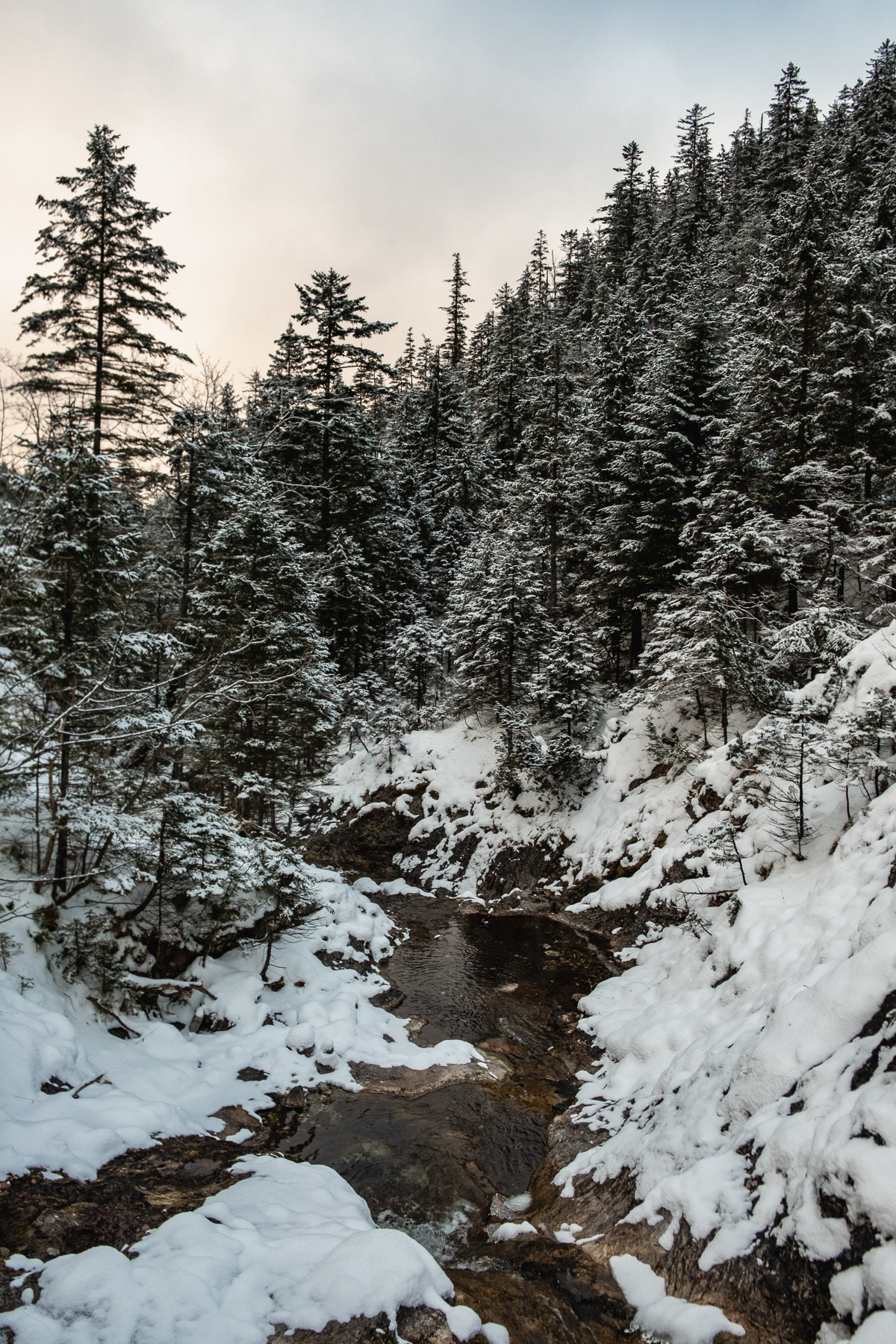
The Białego Valley has some cute turns and twists
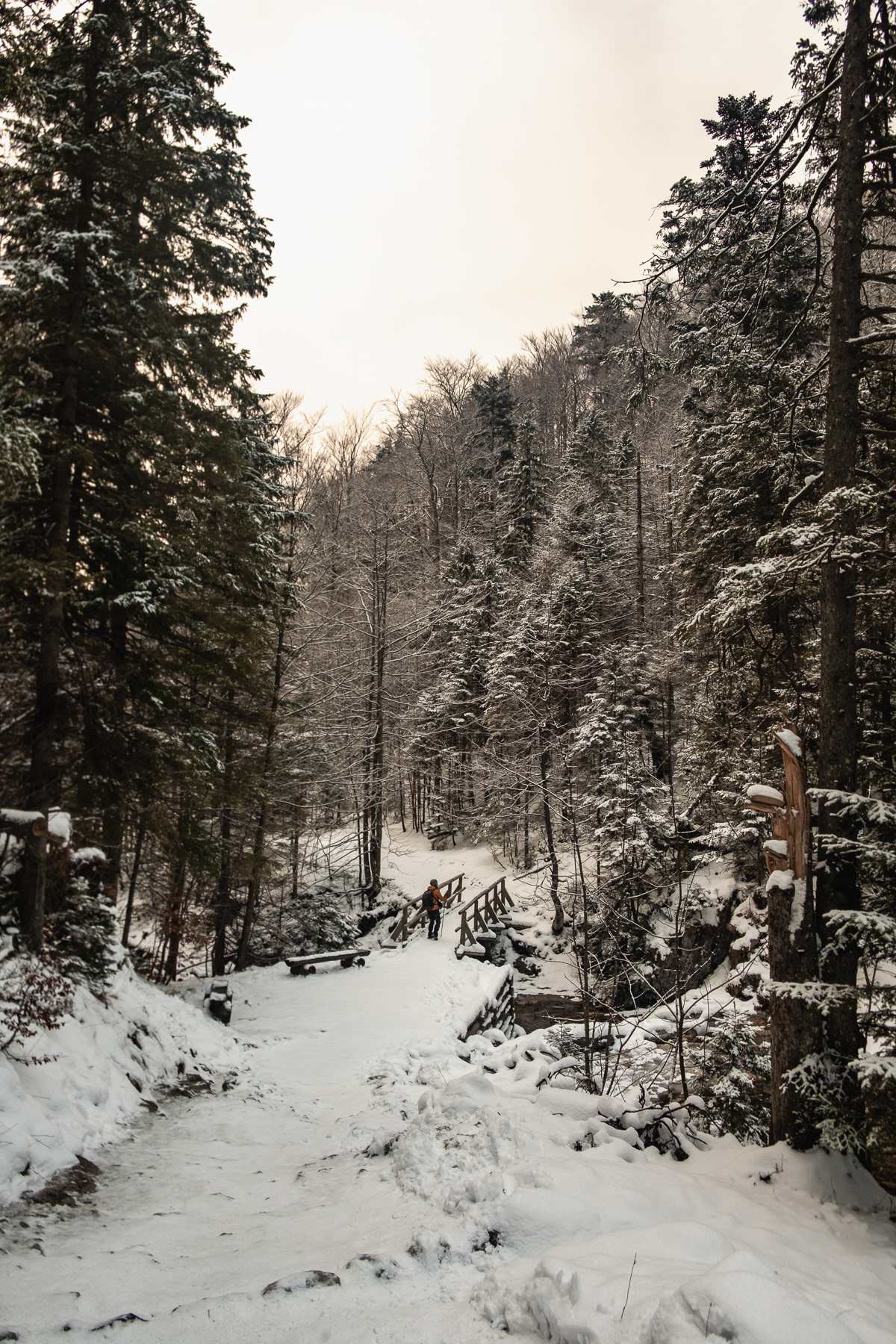
Small bridges makes the lower part of the trails an easy hike.
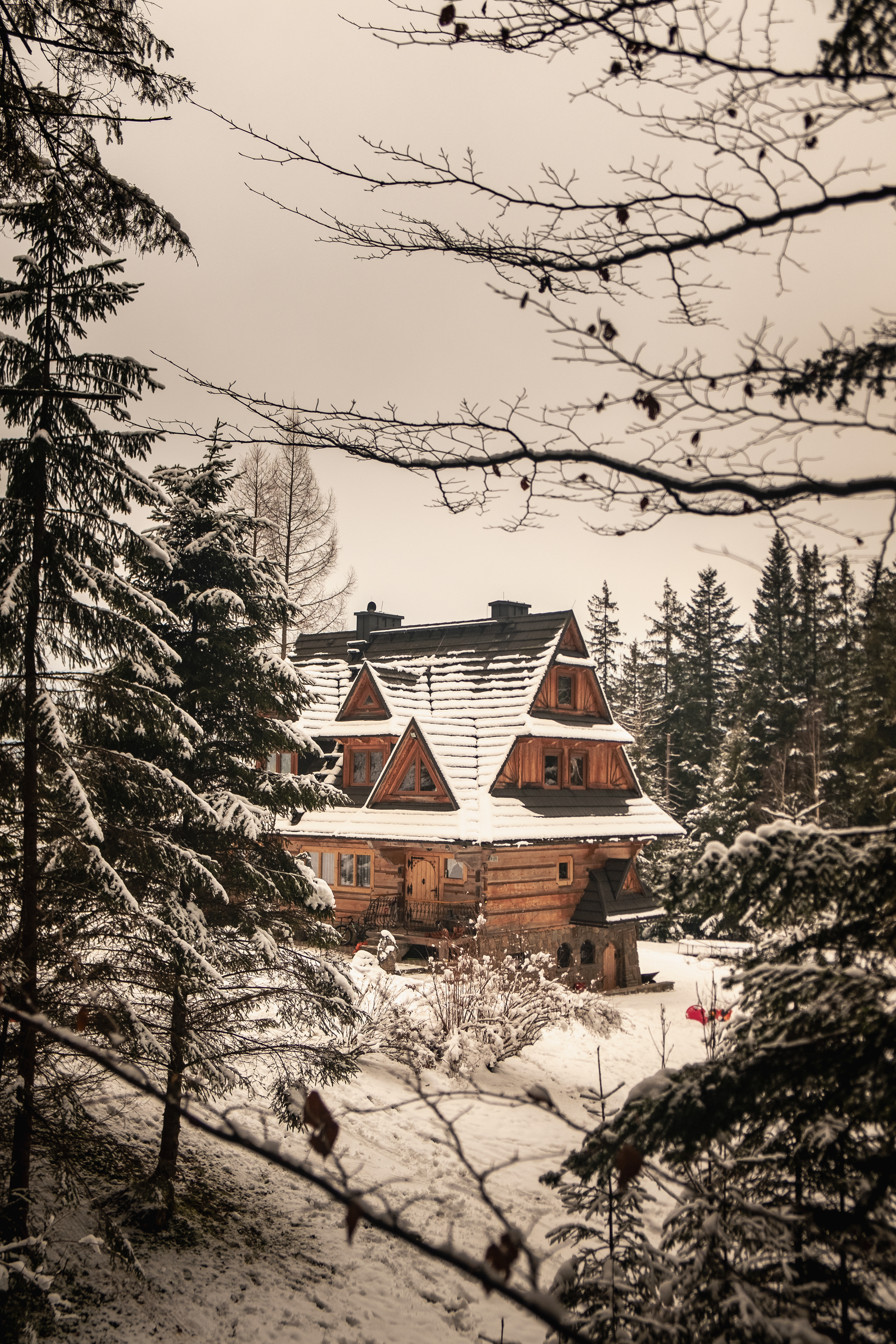
A typical wooden house of the Polish Tatra Mountains region at the end of the trail.
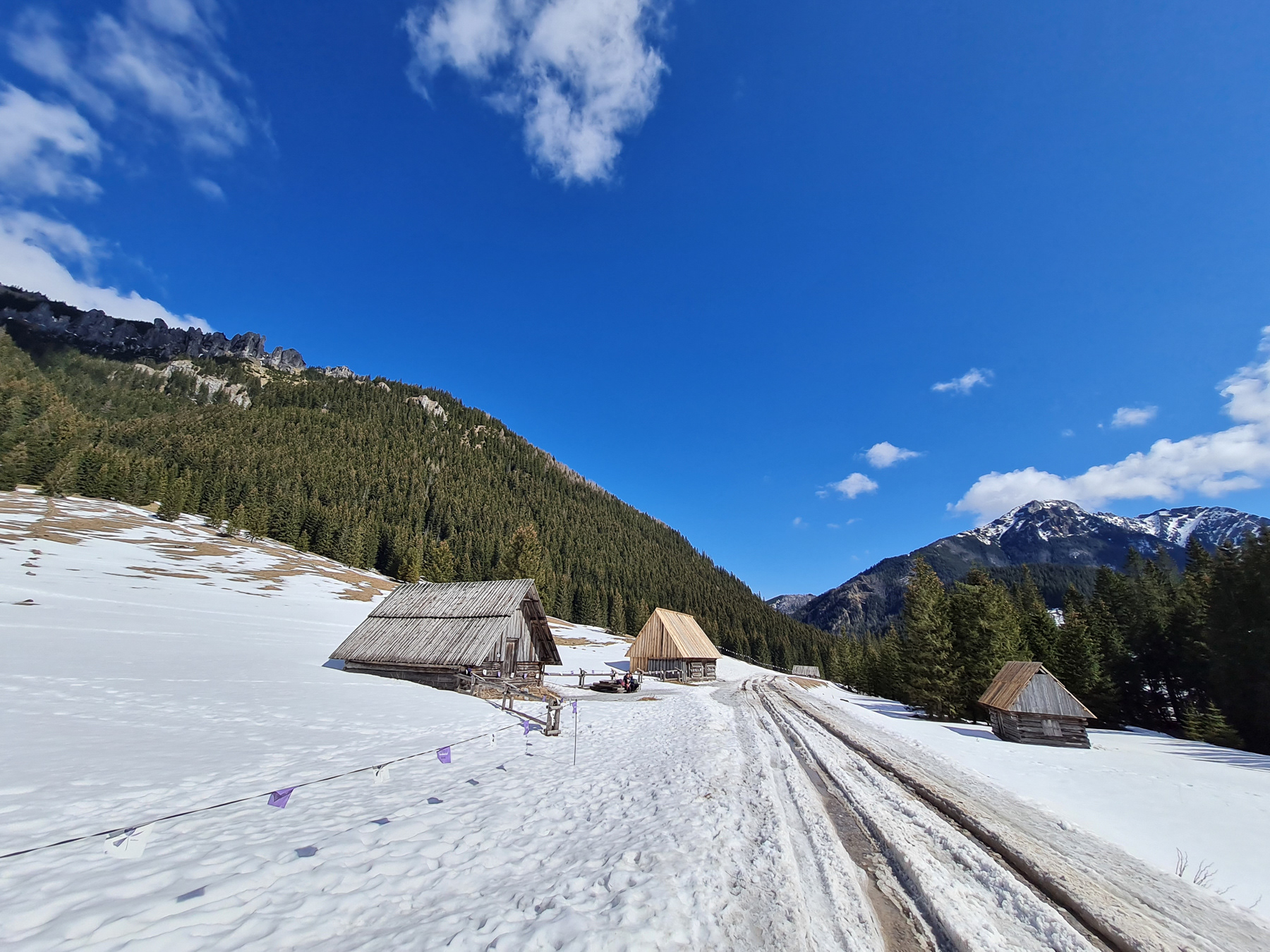

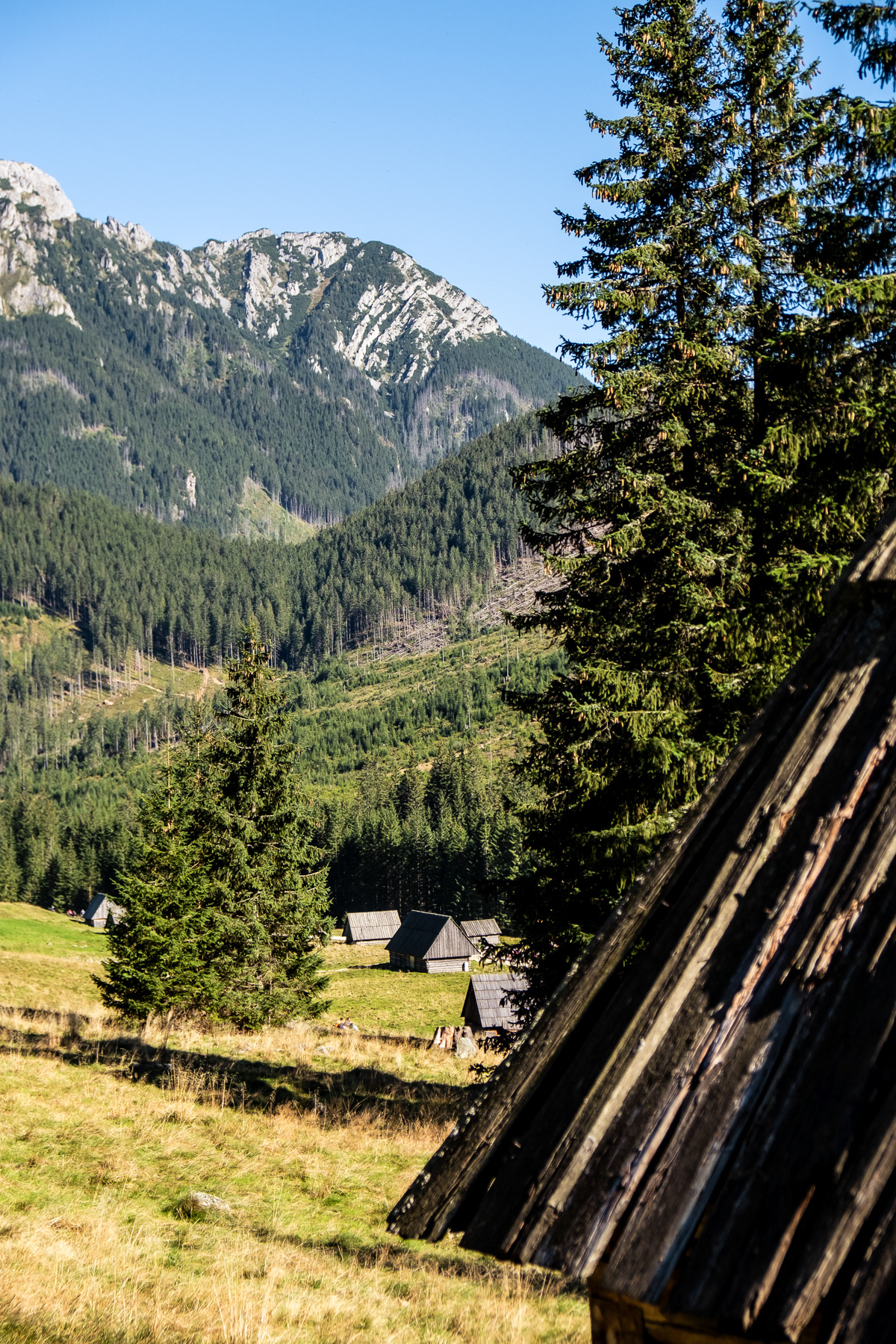
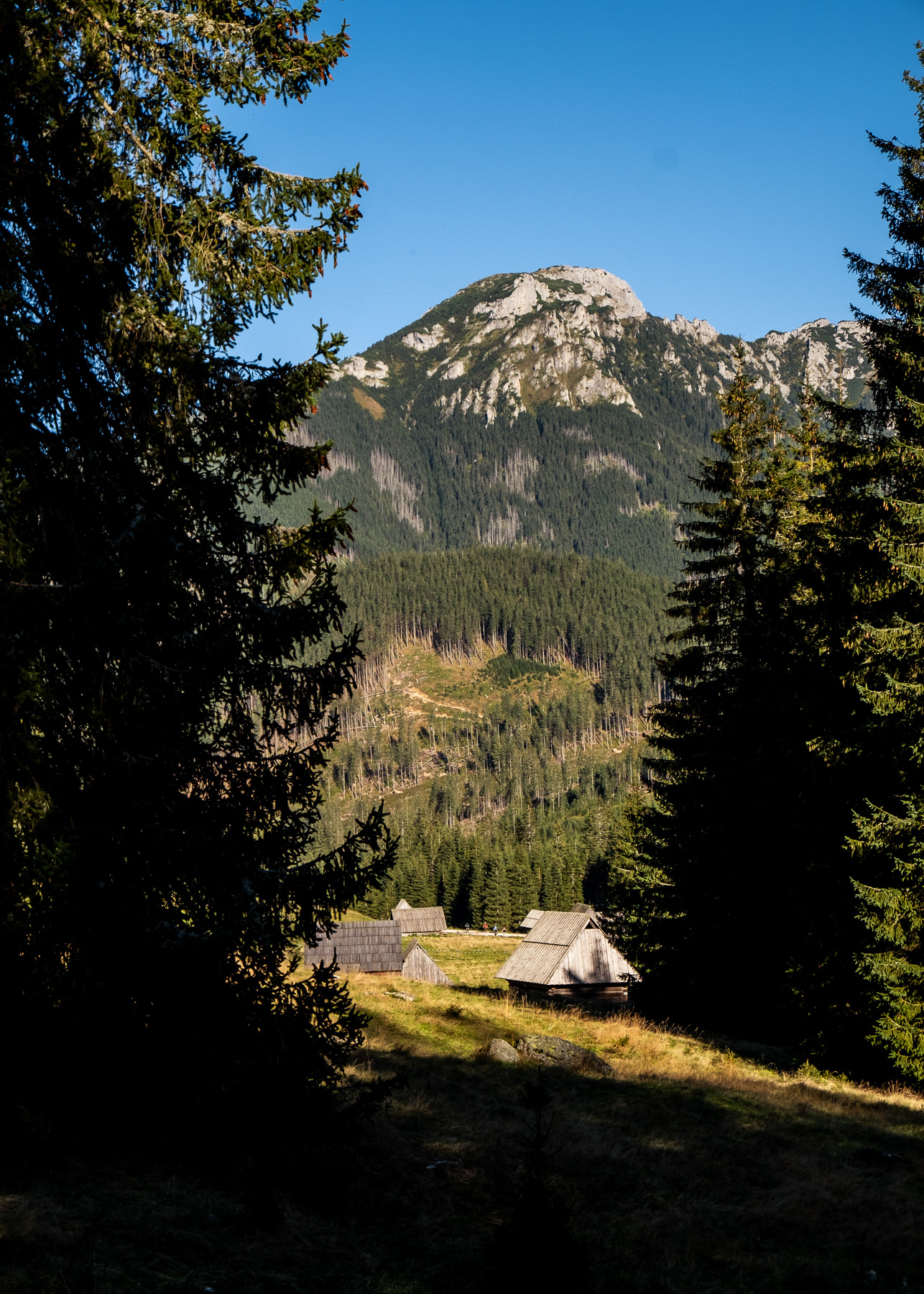
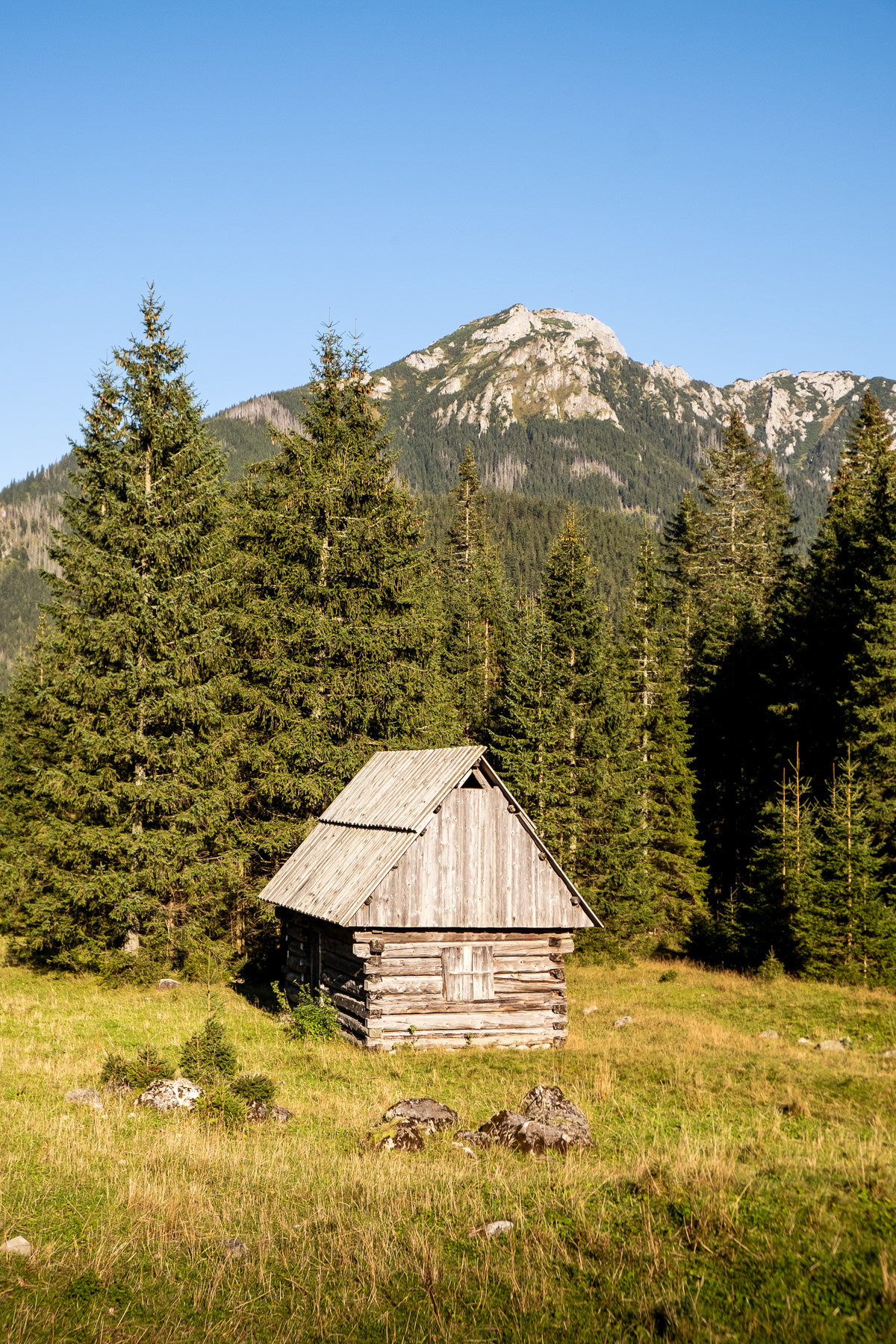
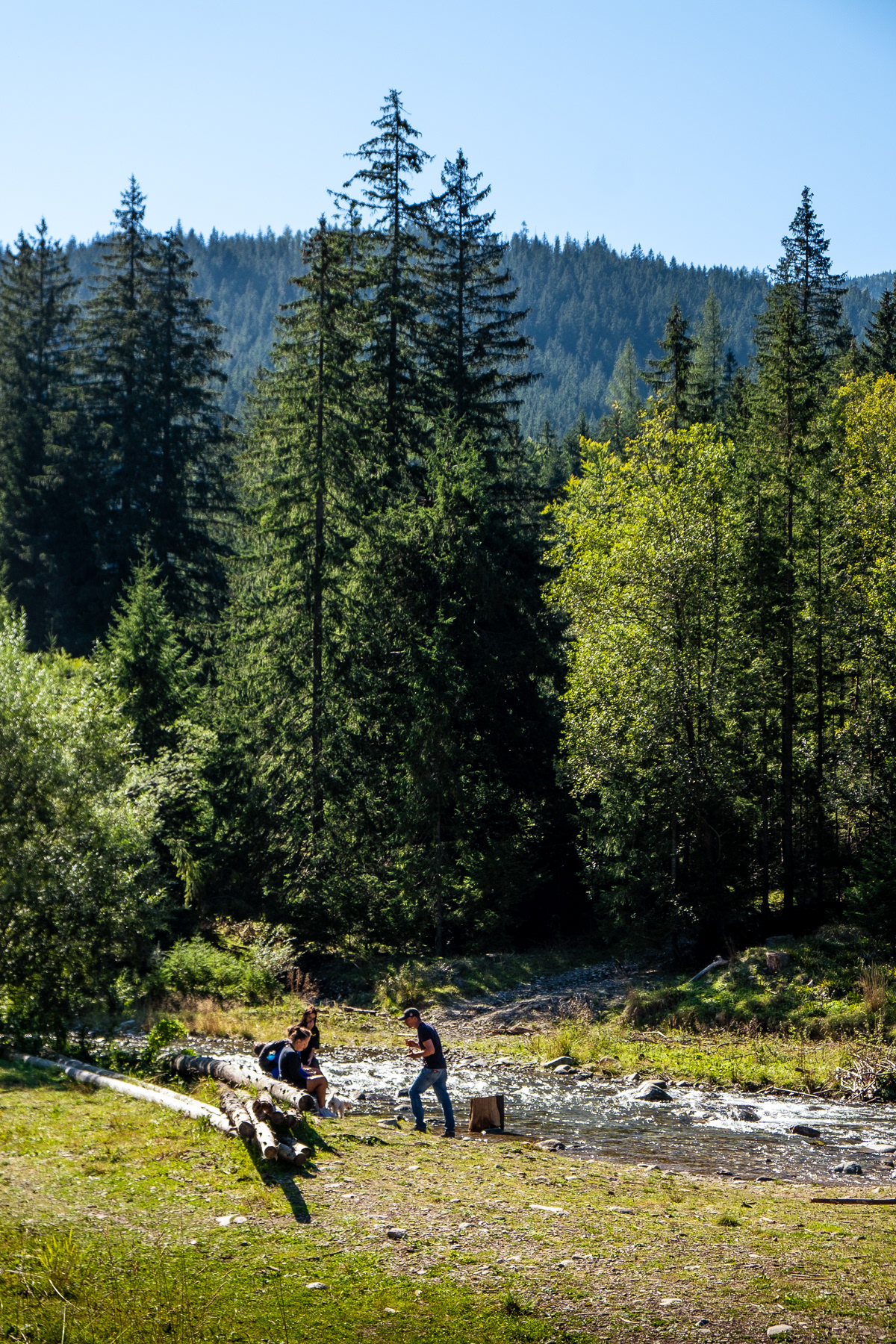
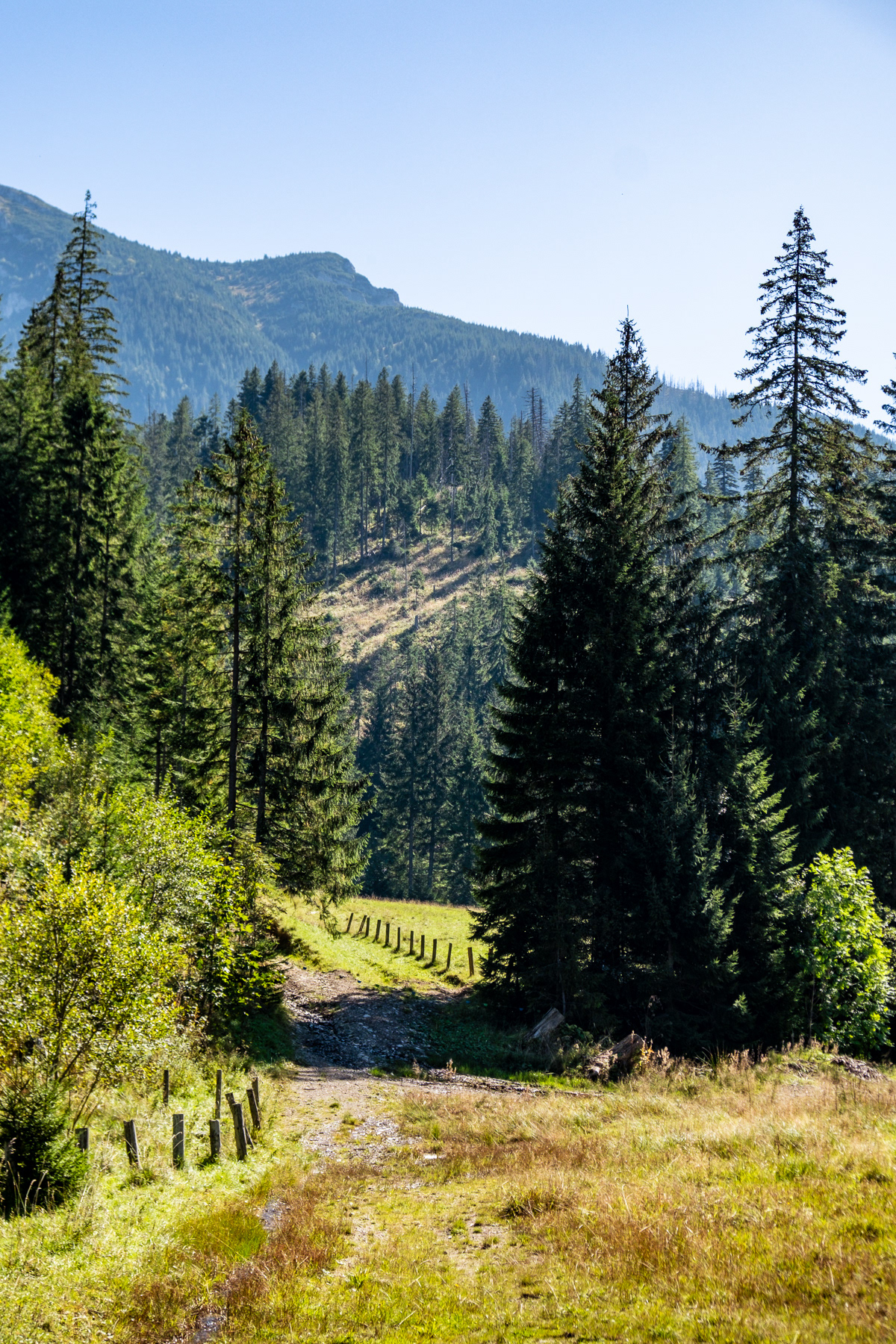
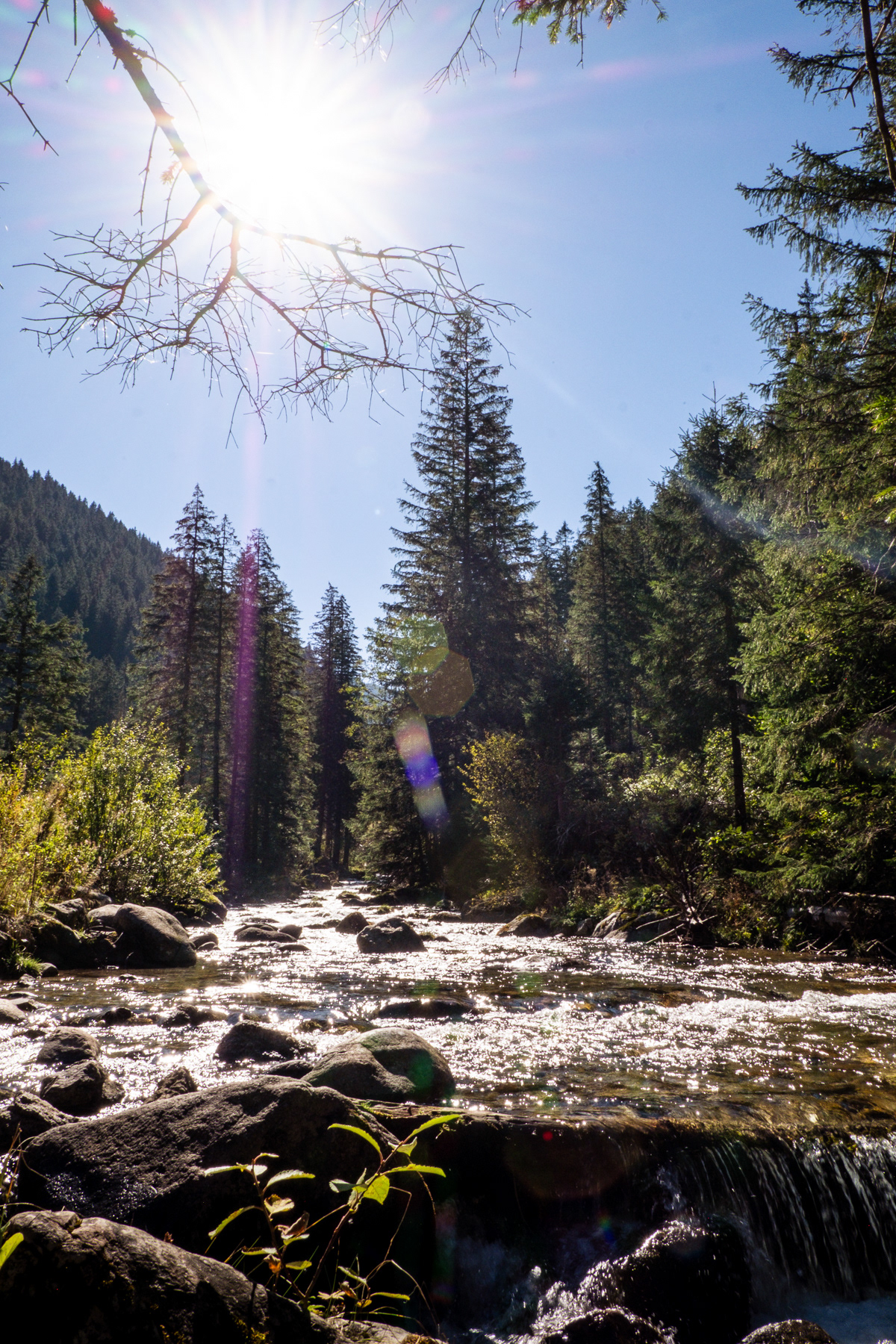
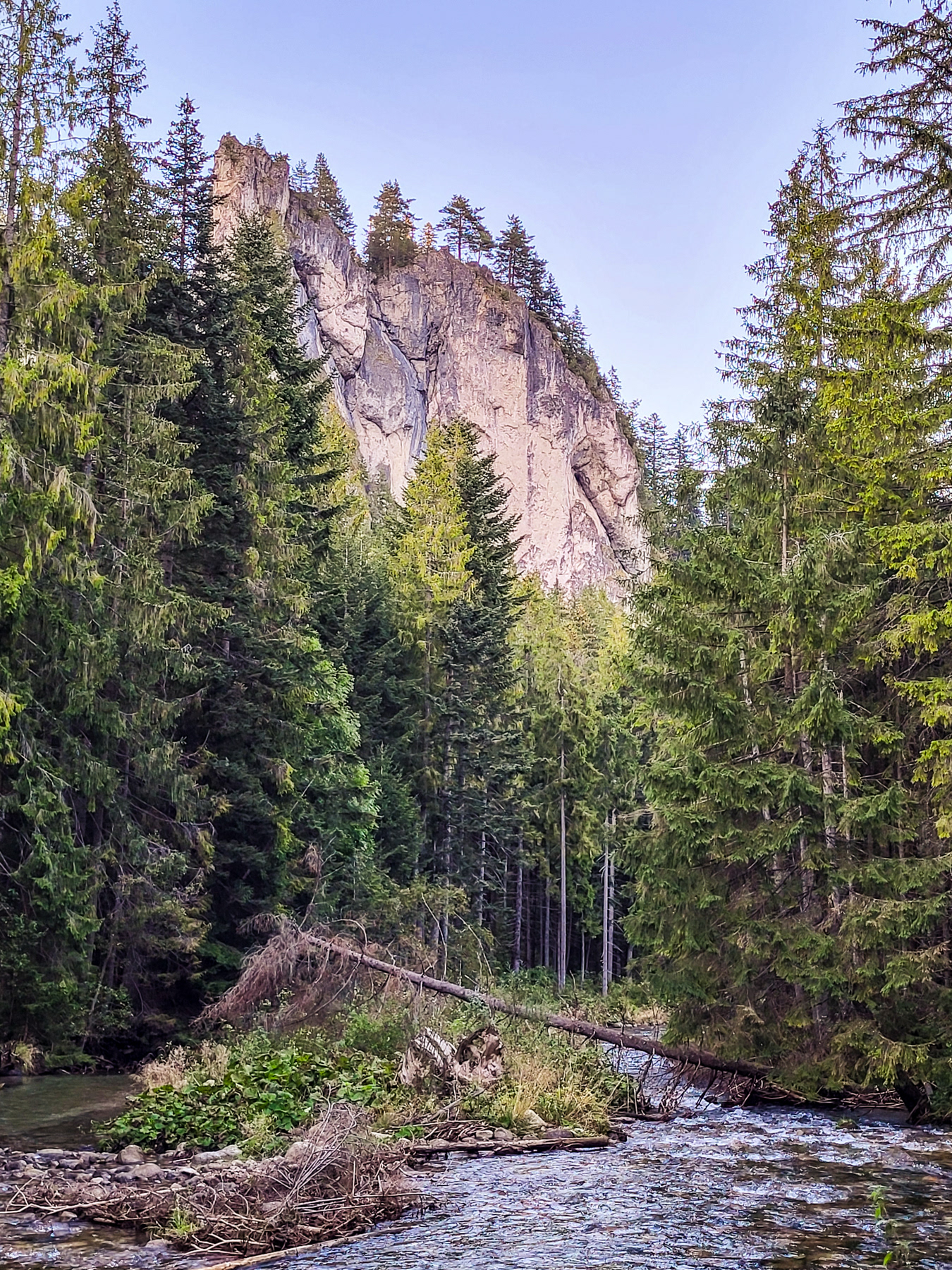
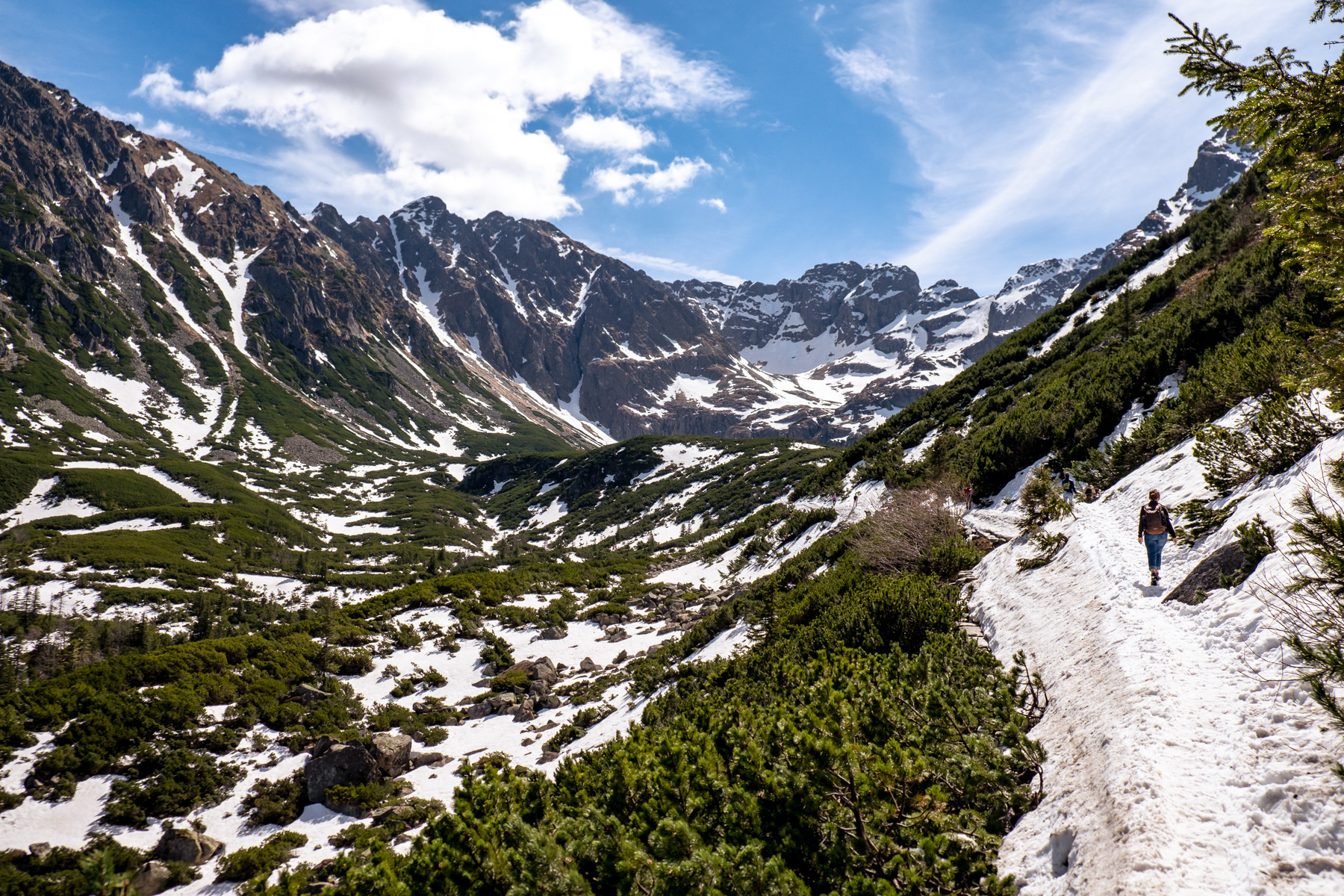
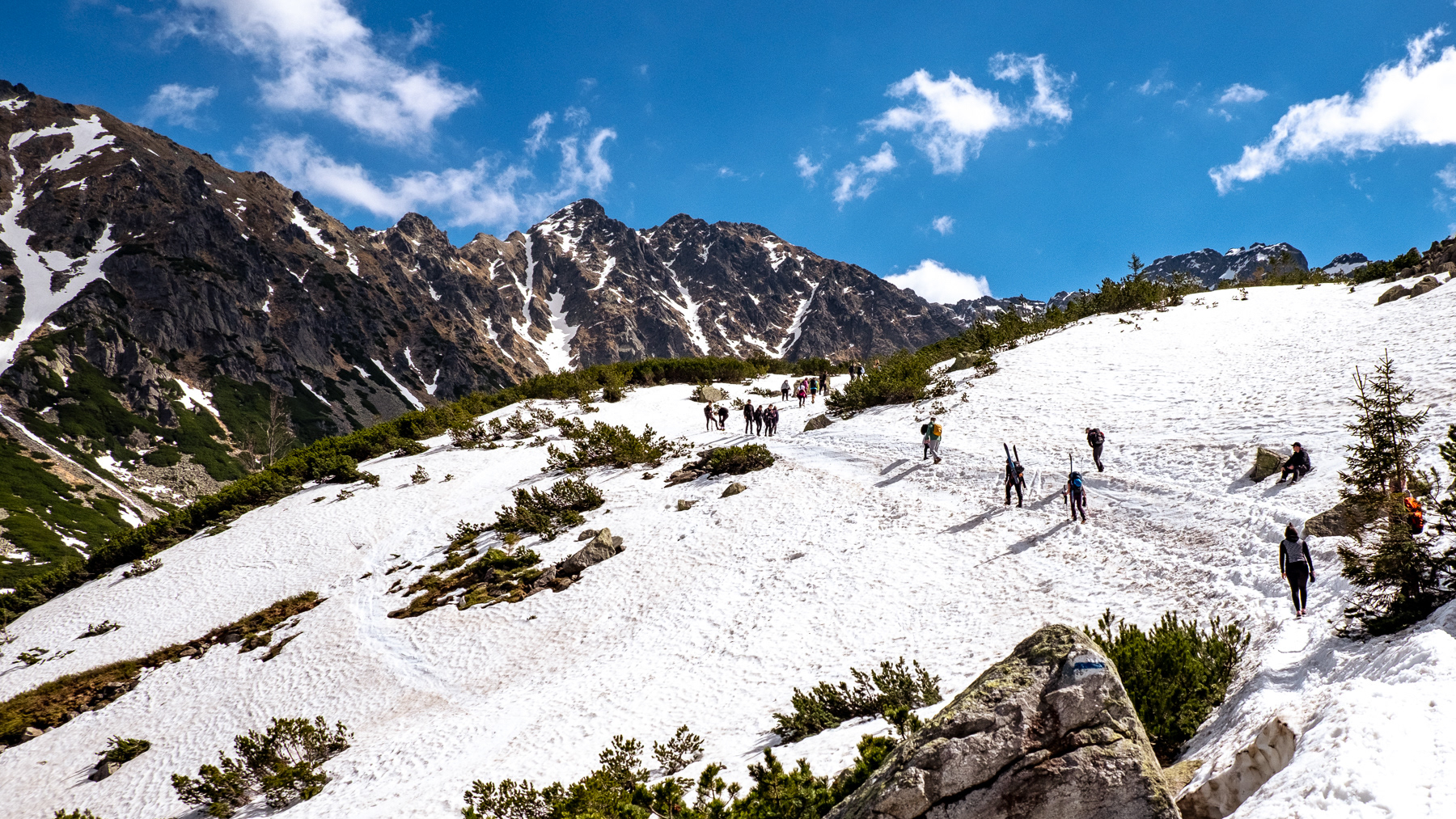
A storage house near the Schronisko Murowaniec.
The Tatras coming up close when one sets out from Schronisko Murowaniec towards the mountain lake of Czarny Staw Gąsienicowy.
The best part of the blue trail is the ridge down from Y-crossing of Przelecz miedzy Kopami at almost 1,500 metres ASL. From the trail there are great views to the east, west and north, including at some of the famous mountain peaks of southern Poland.
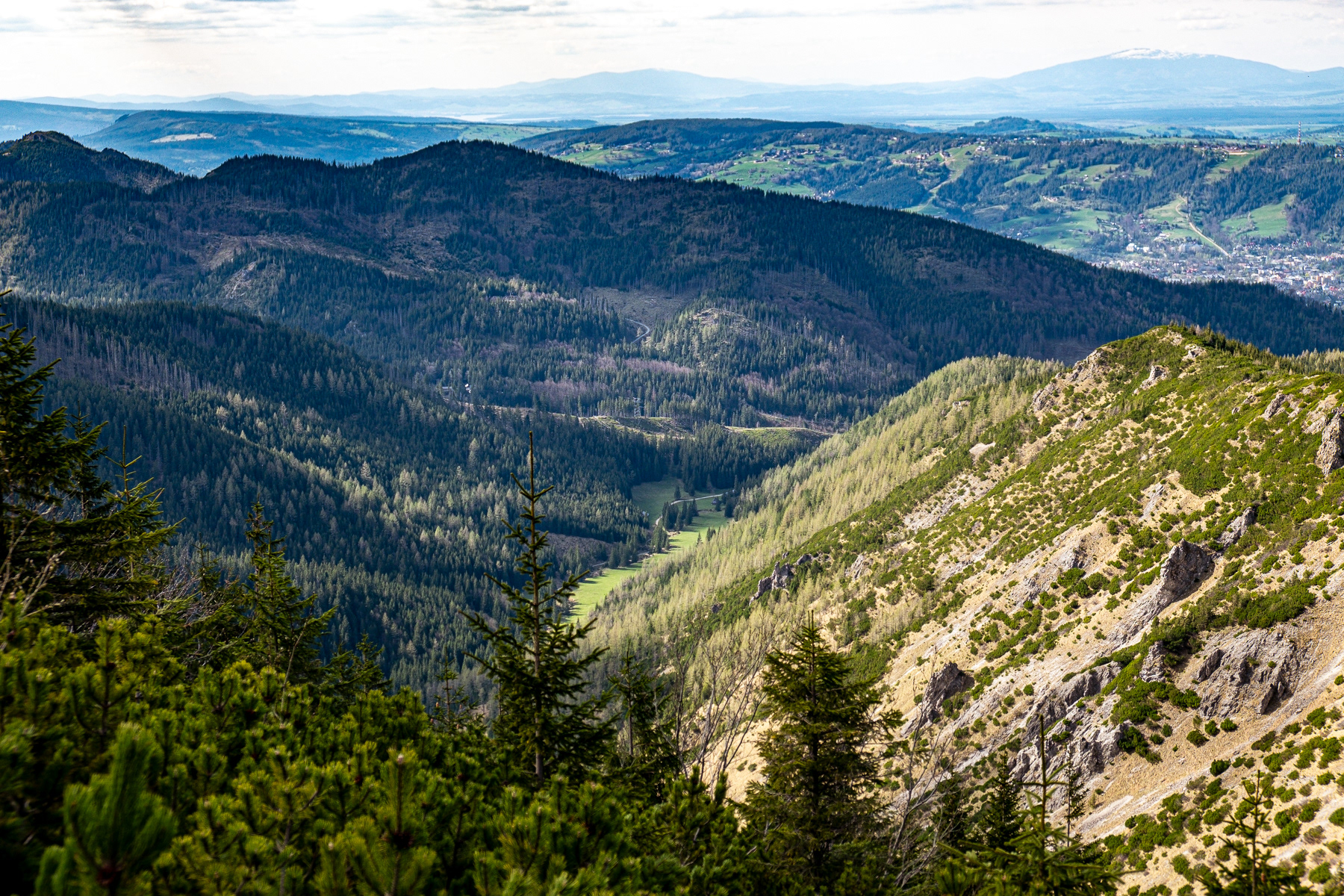
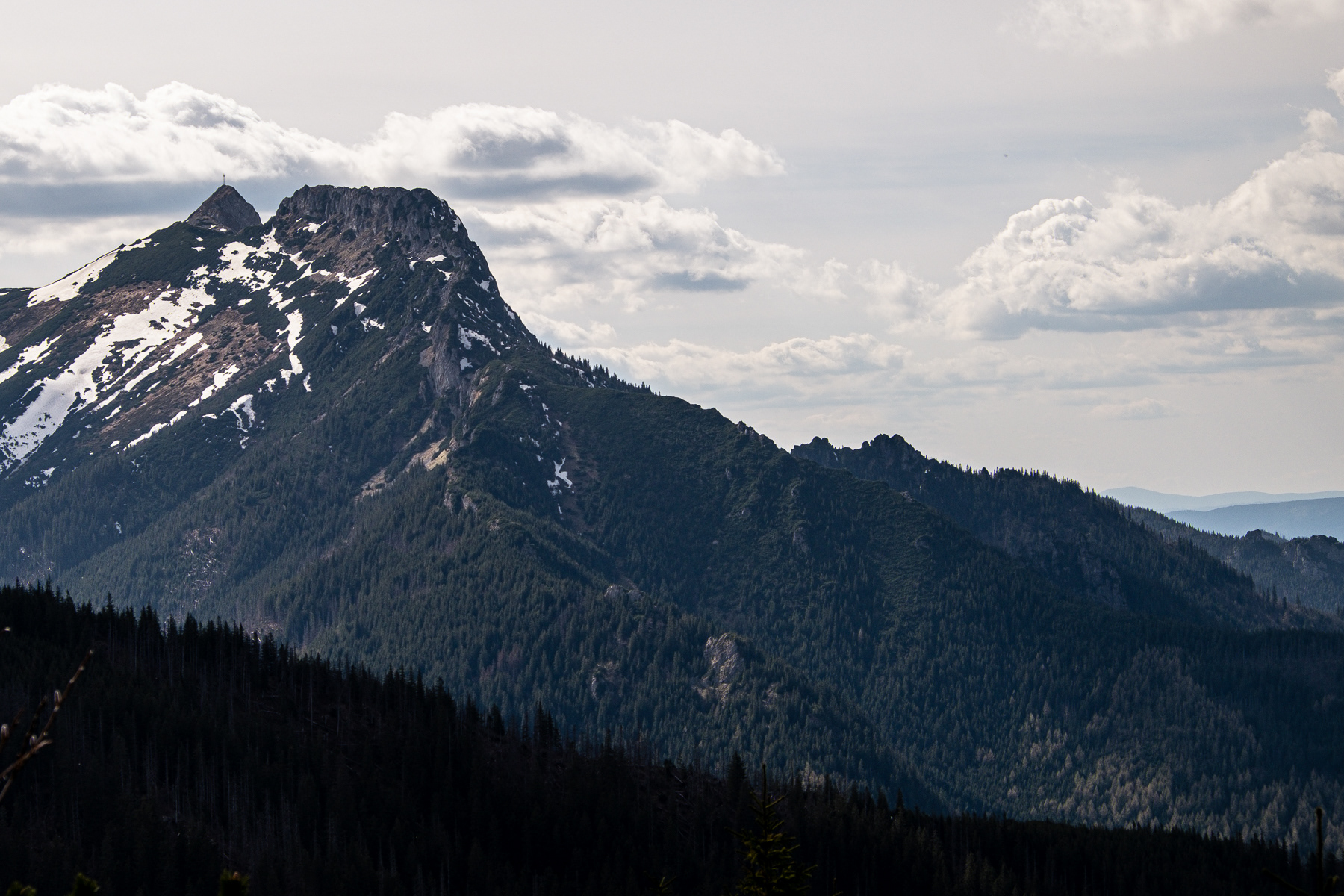
Second photo: the cross on the top clearly visible, this is the legendary mountain peak of Giewont (nicknamed "the knight").

